Cannondale’s new SystemSix claims to be the fastest UCI approved road bike in the world*
*but with lots of other aero road bike launches in the wings, let’s see how the dust settles…
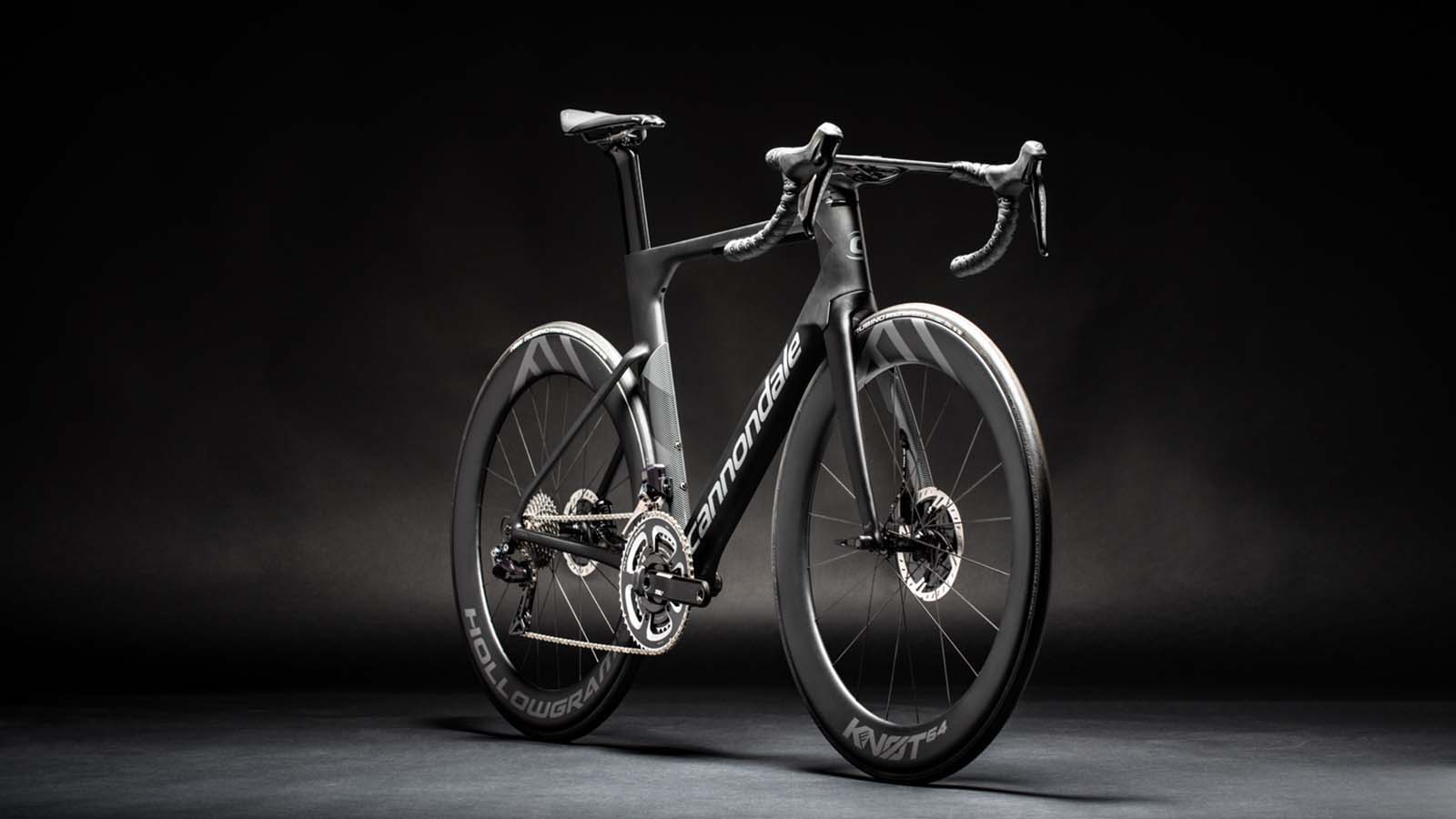
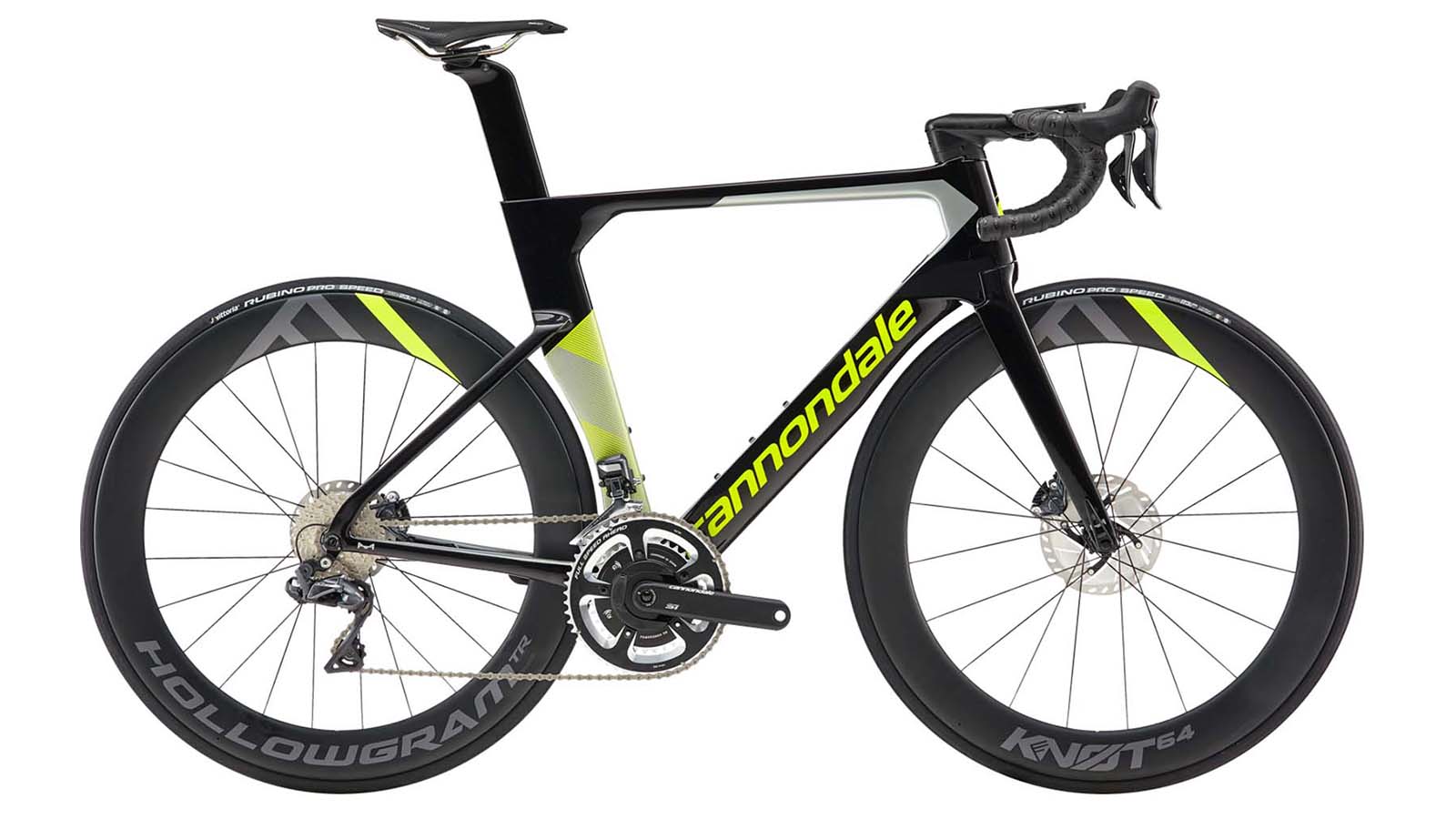
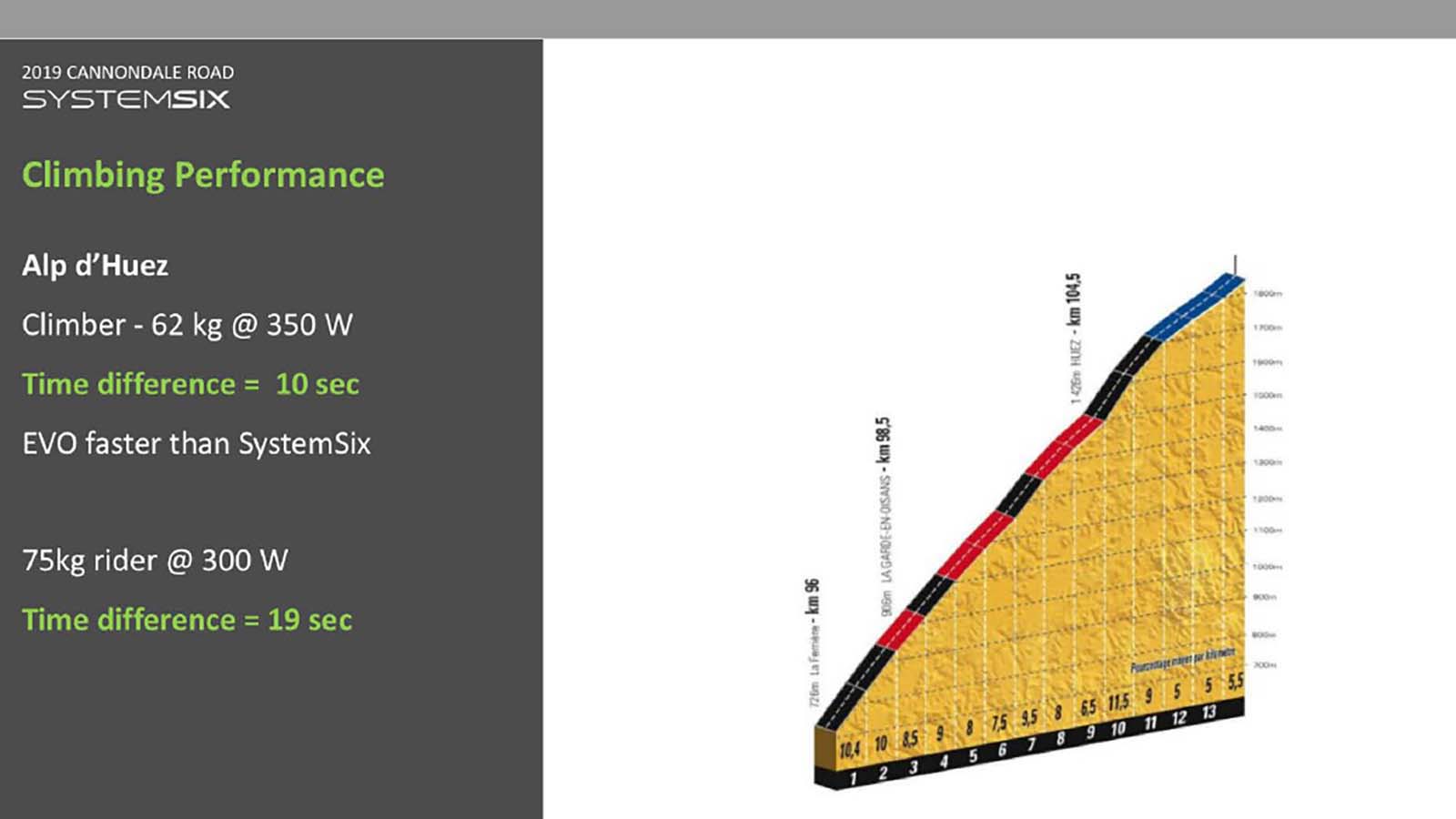
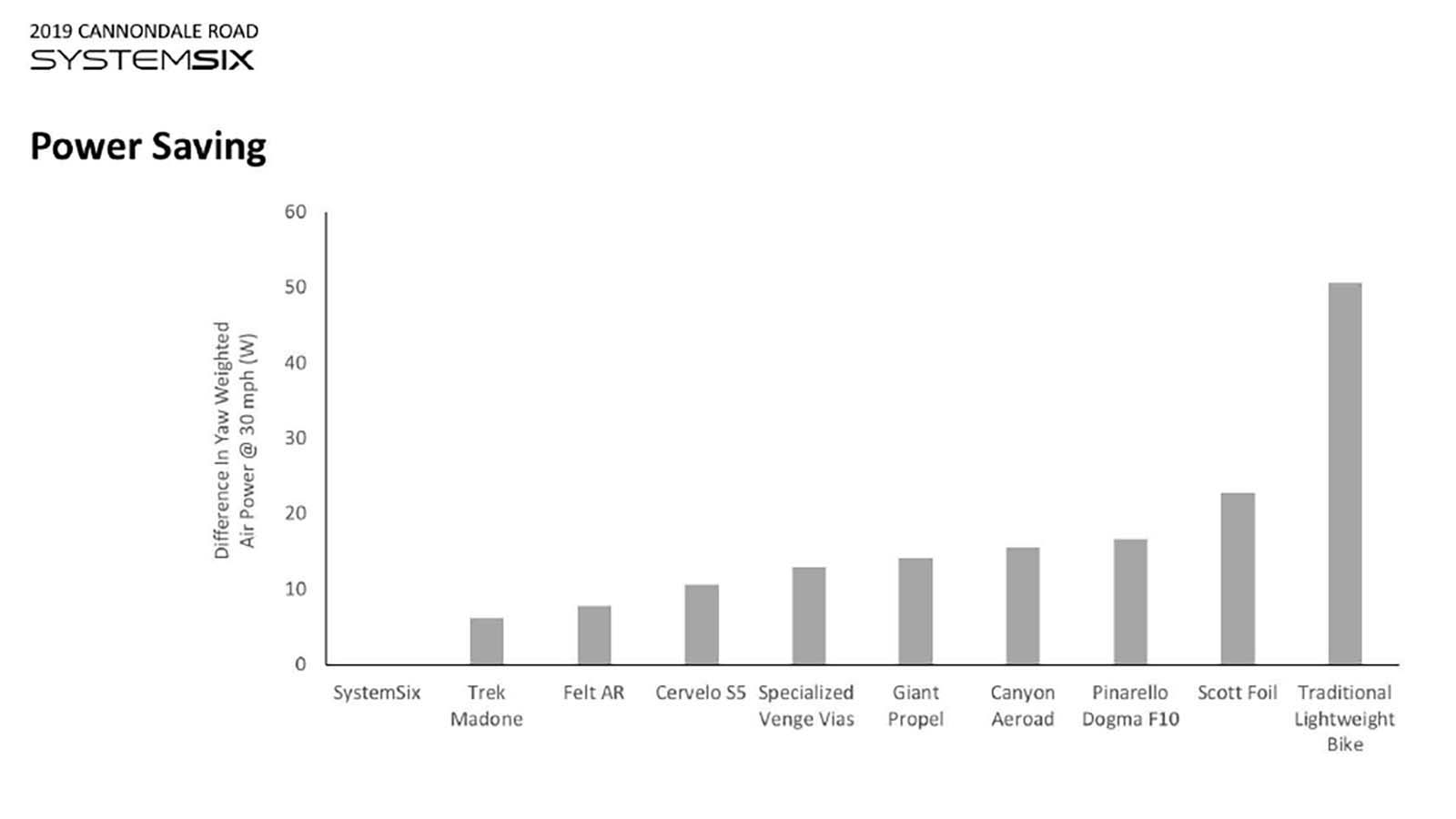
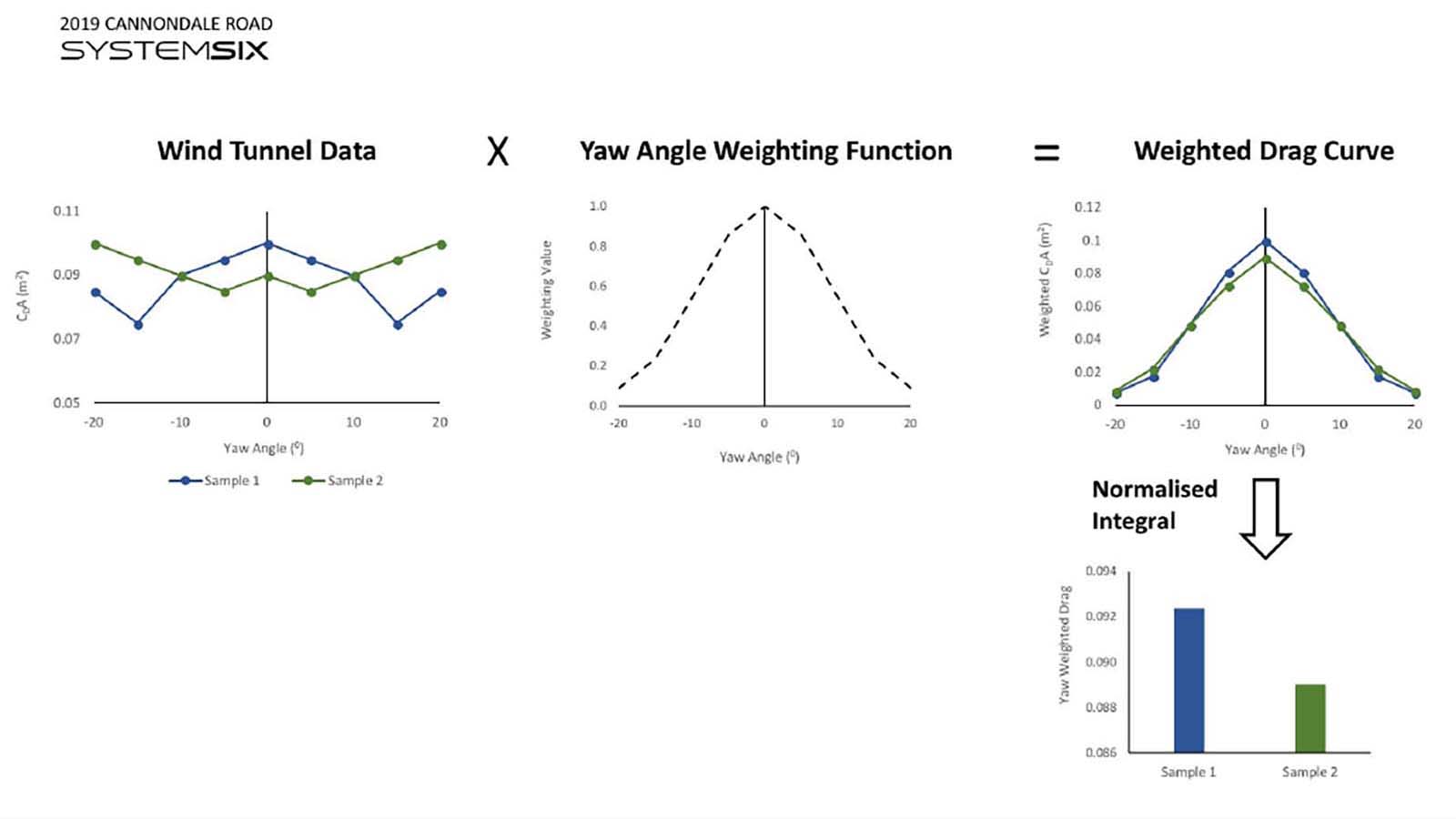
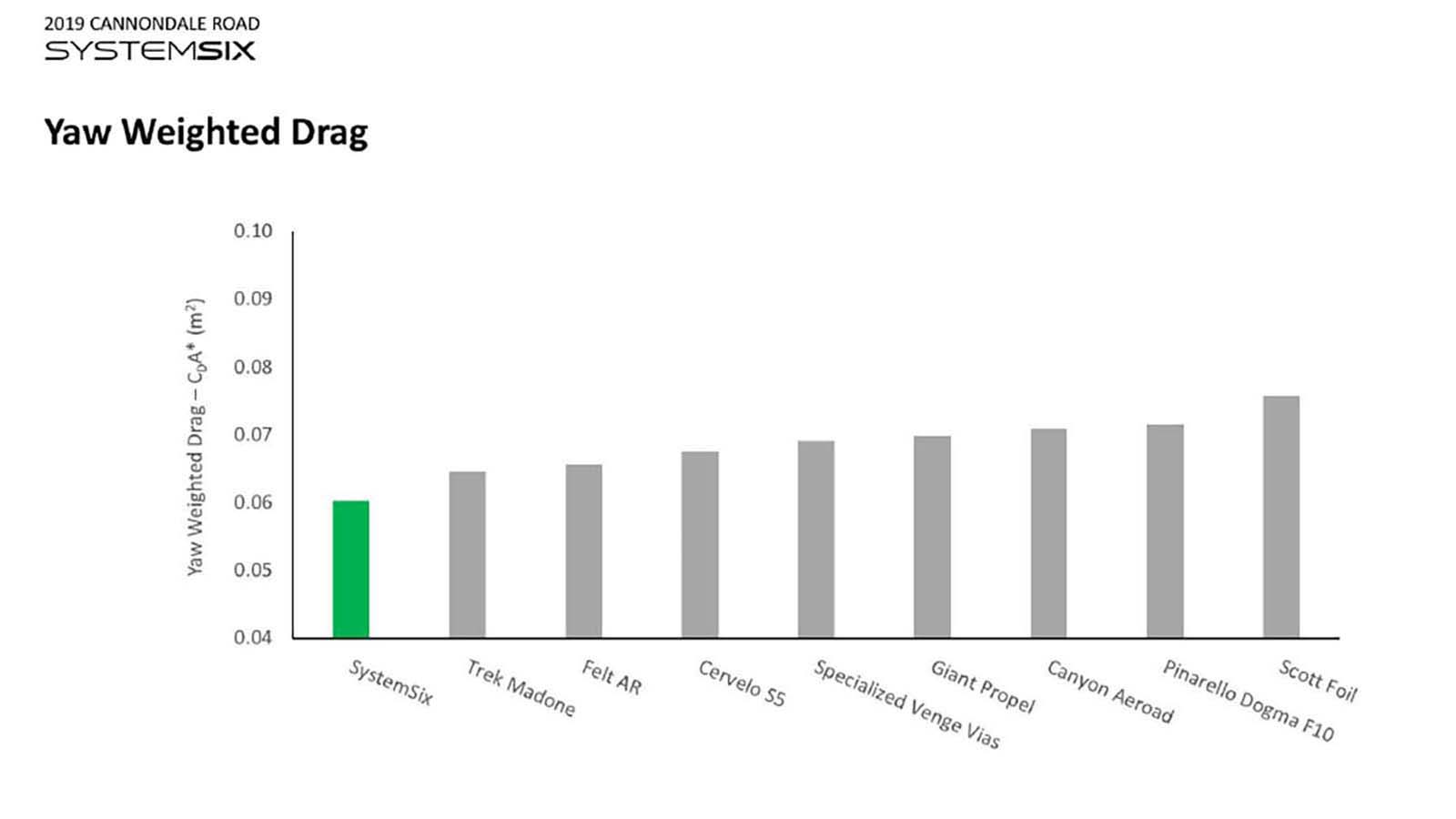
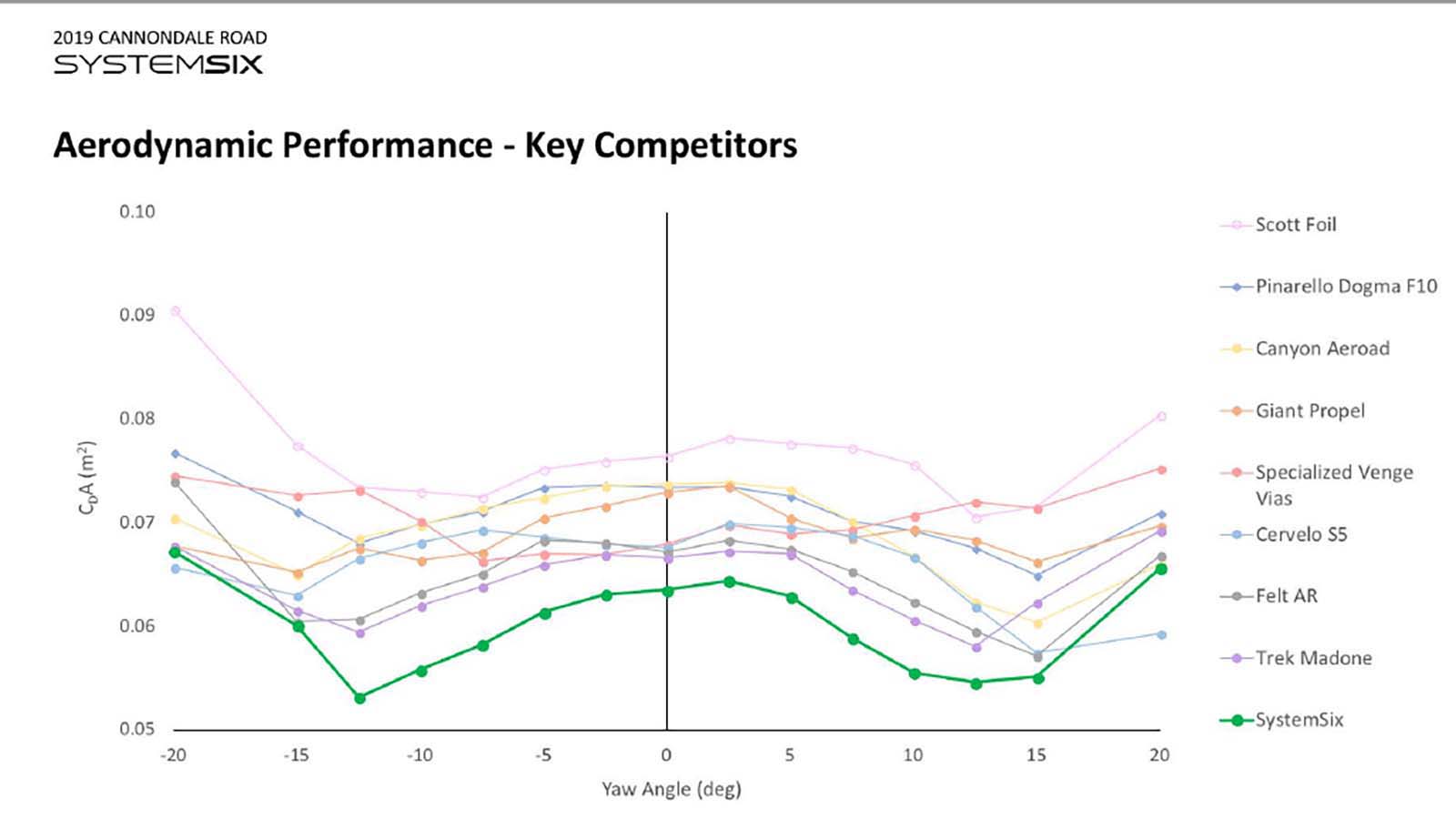
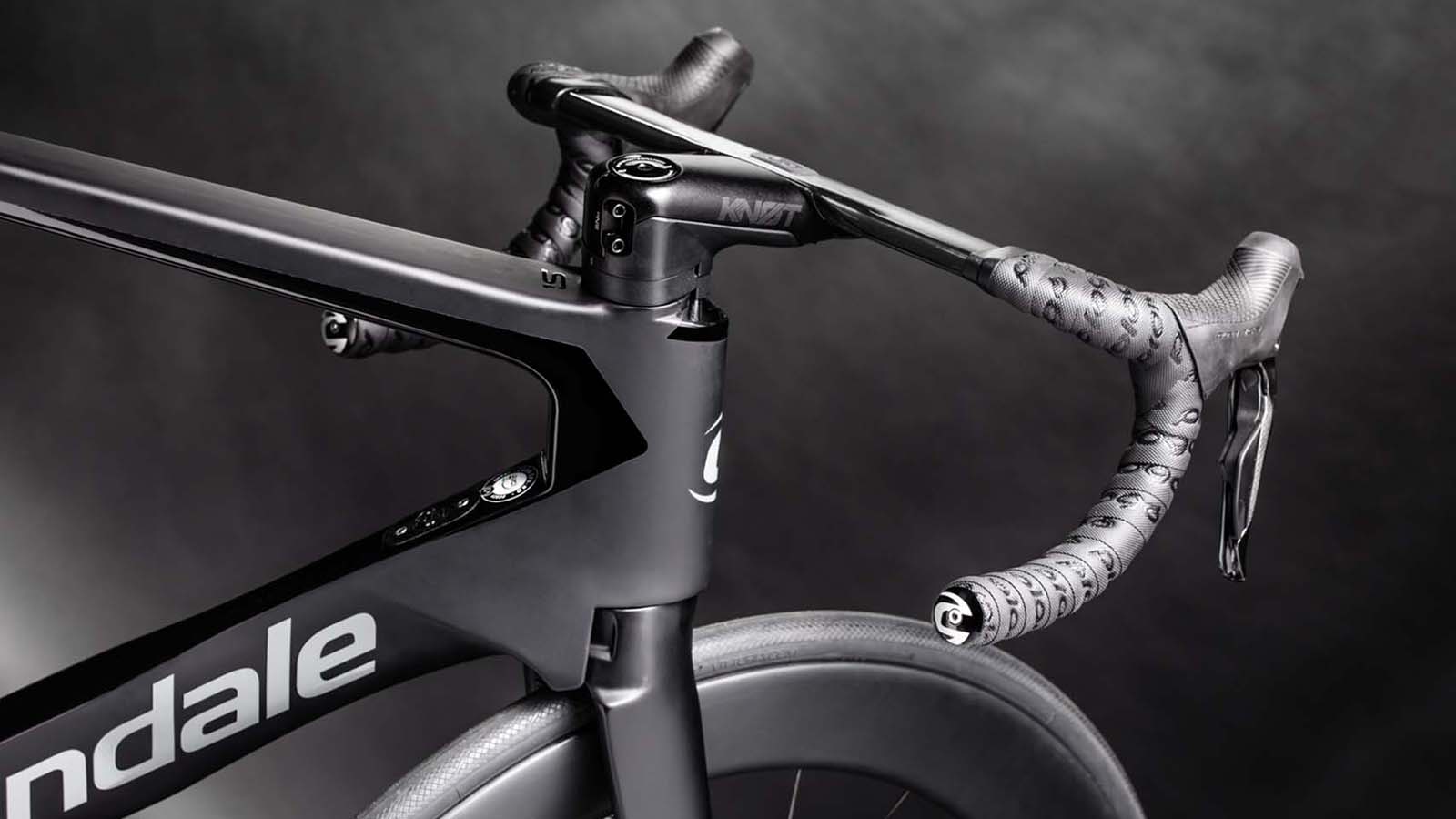


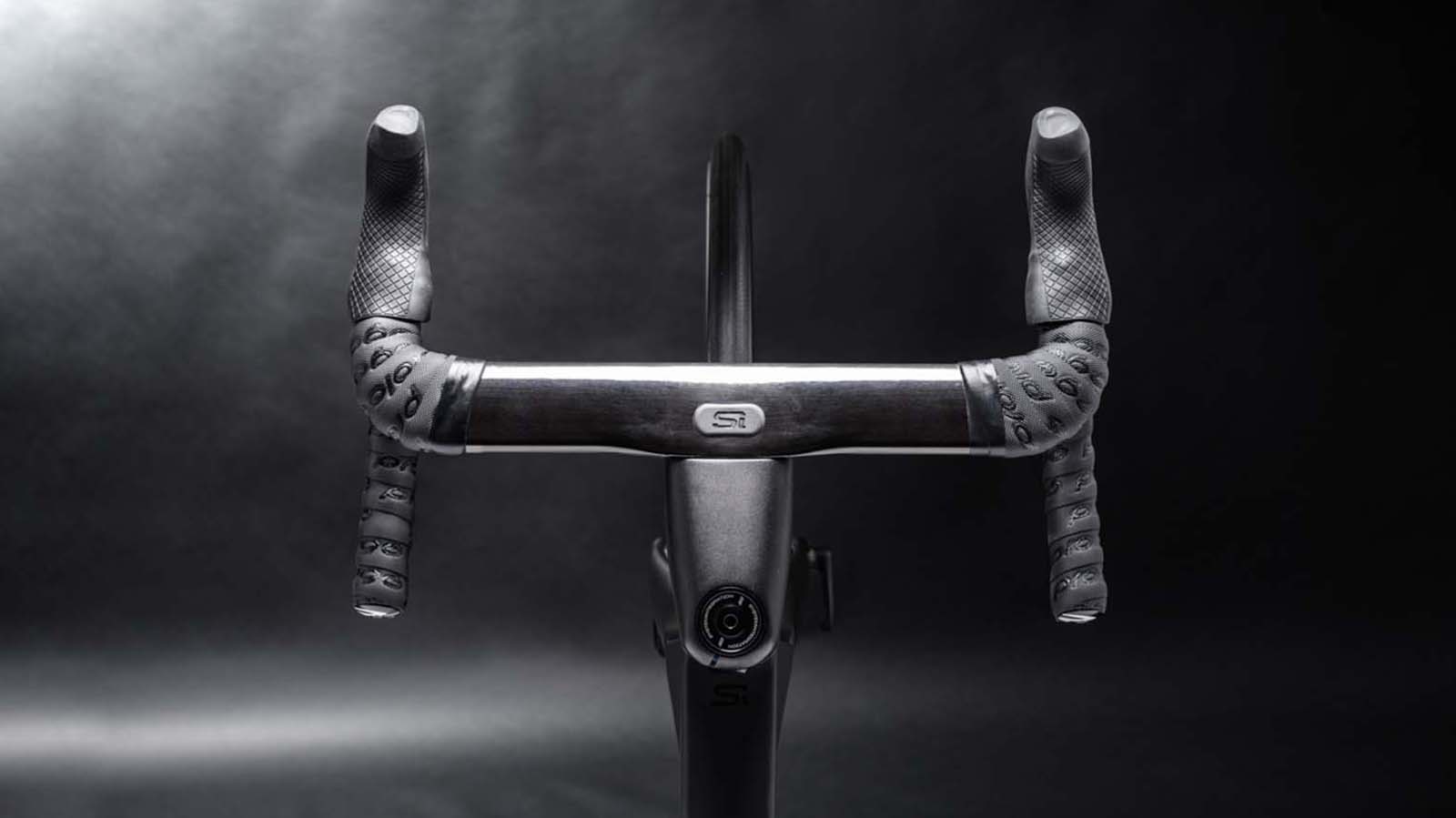
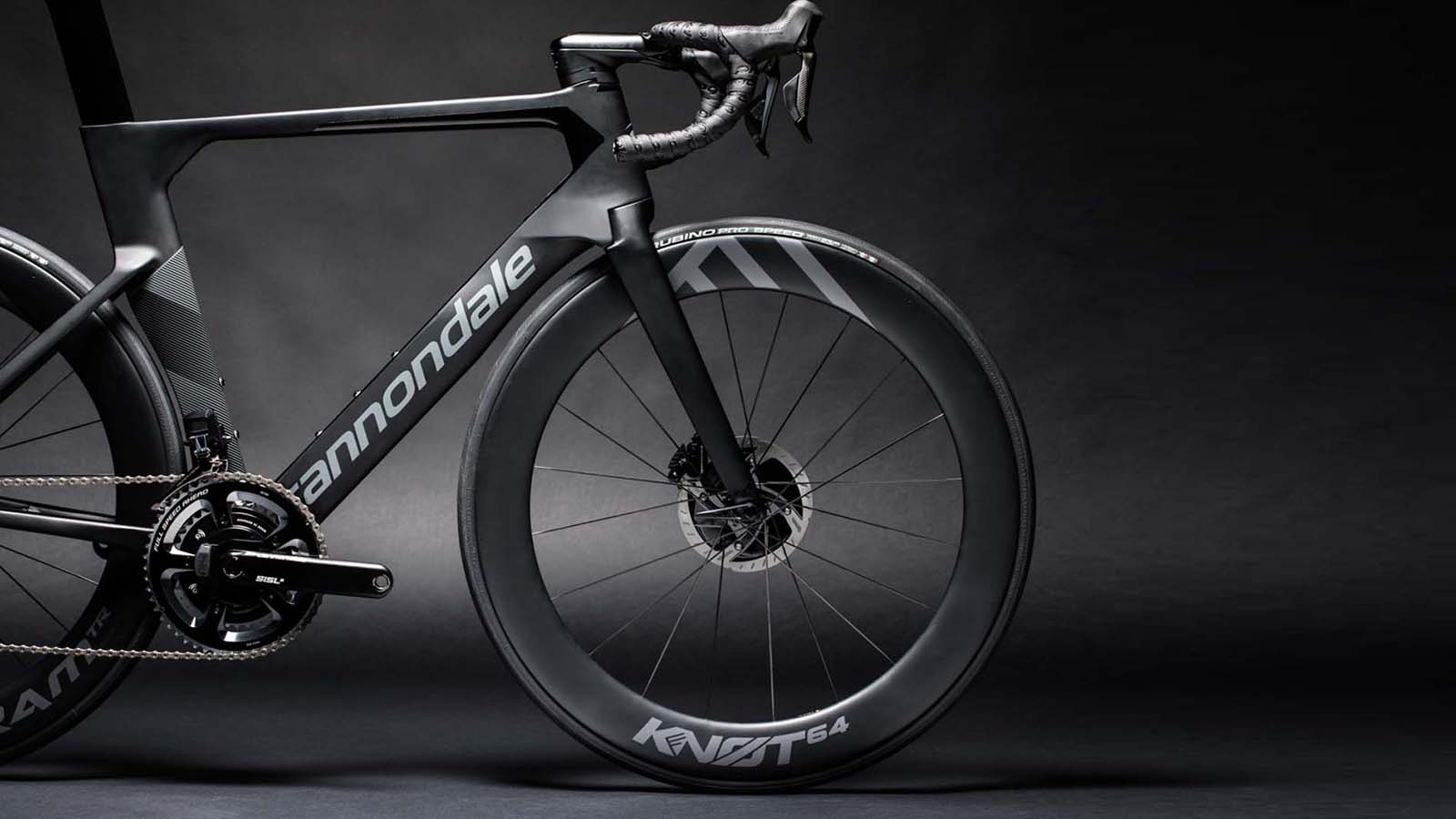
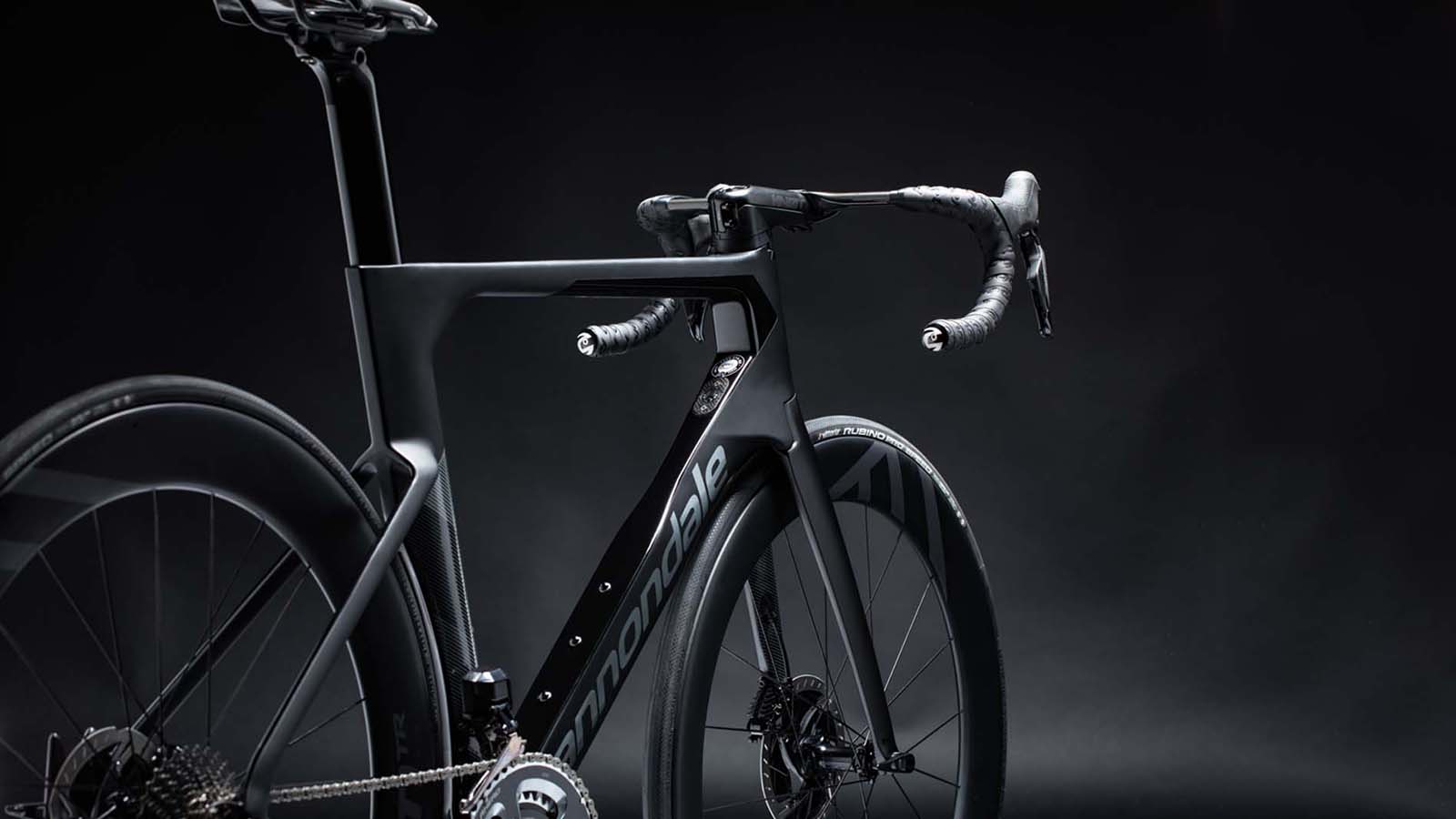
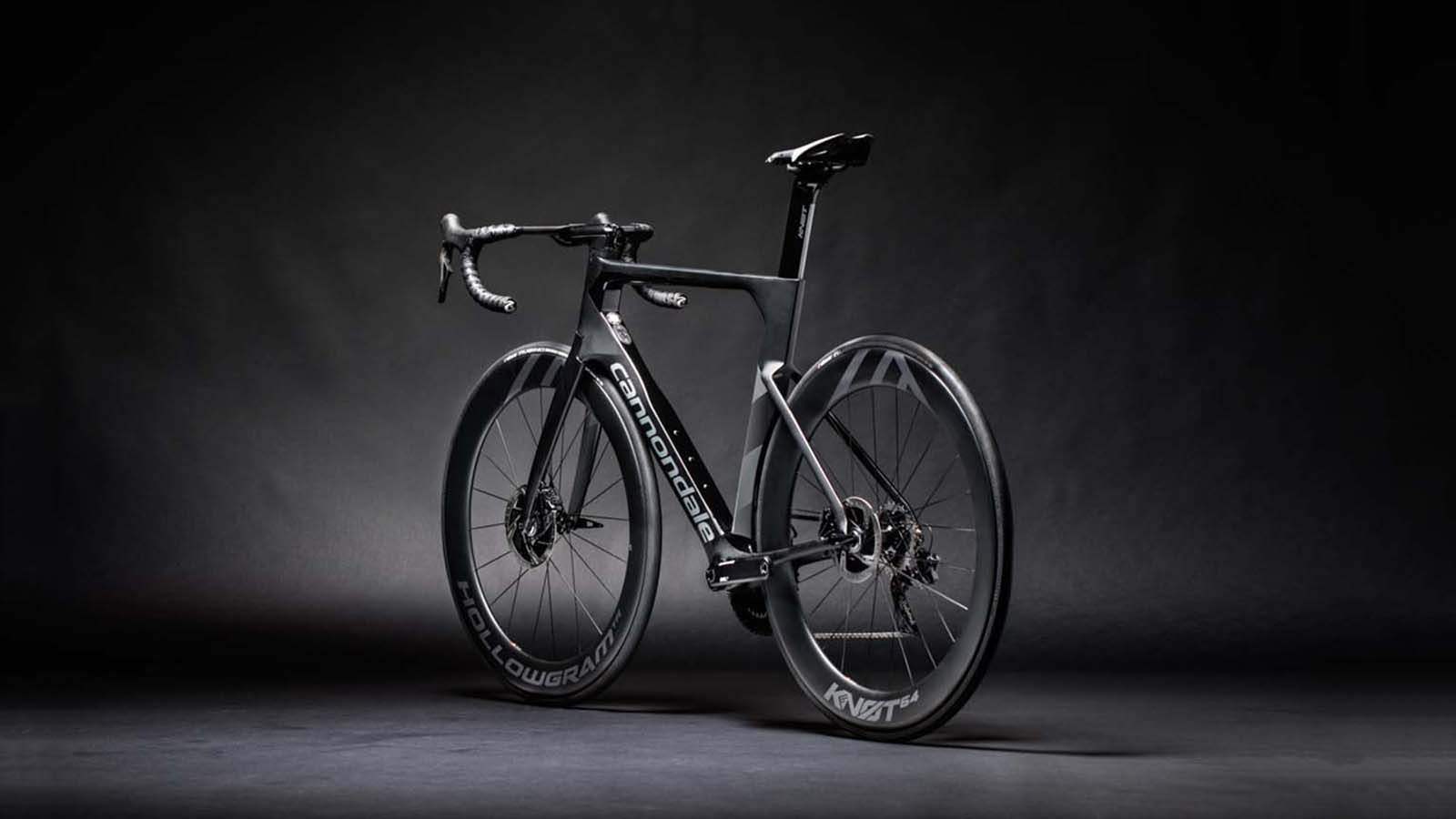
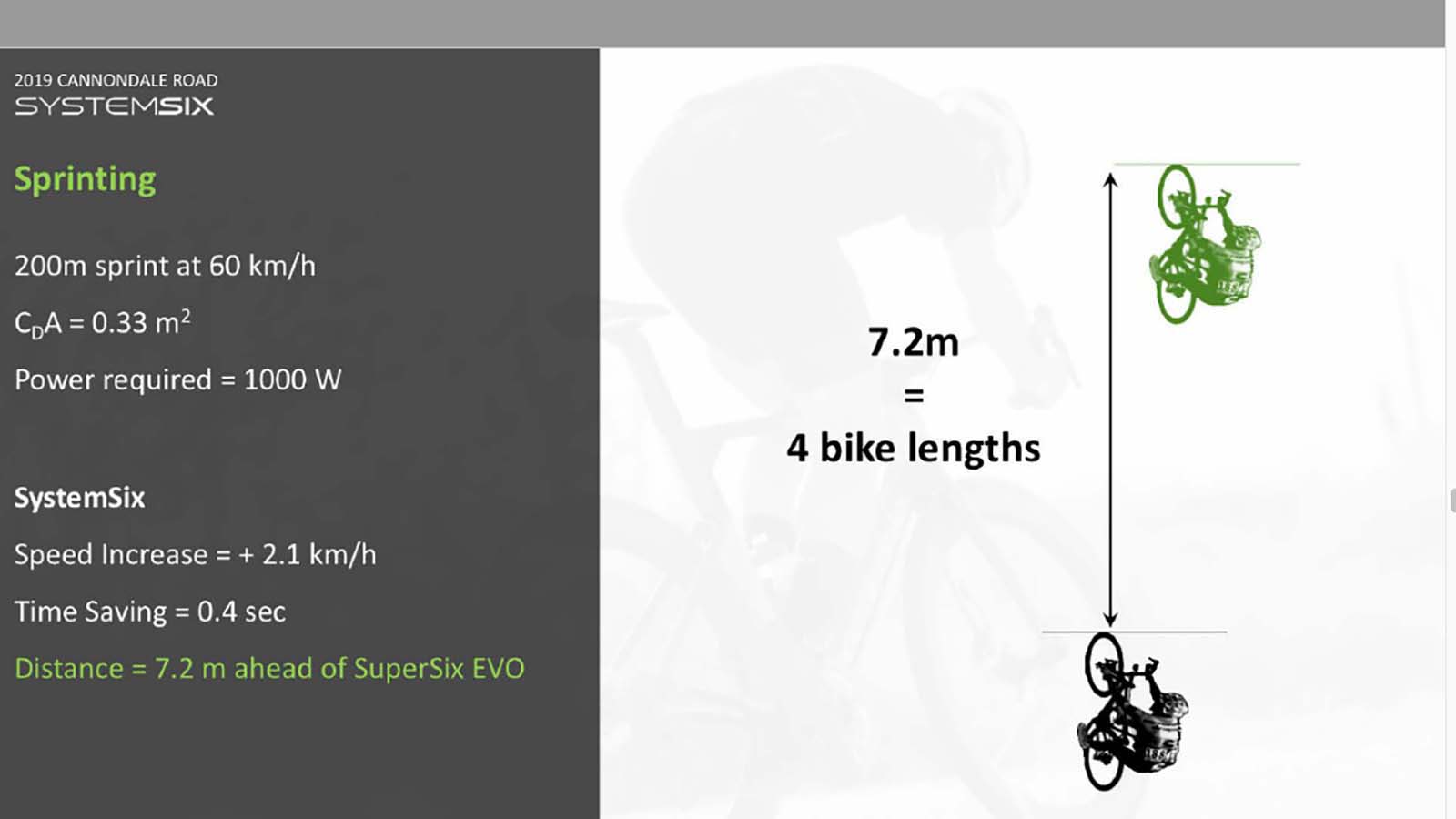
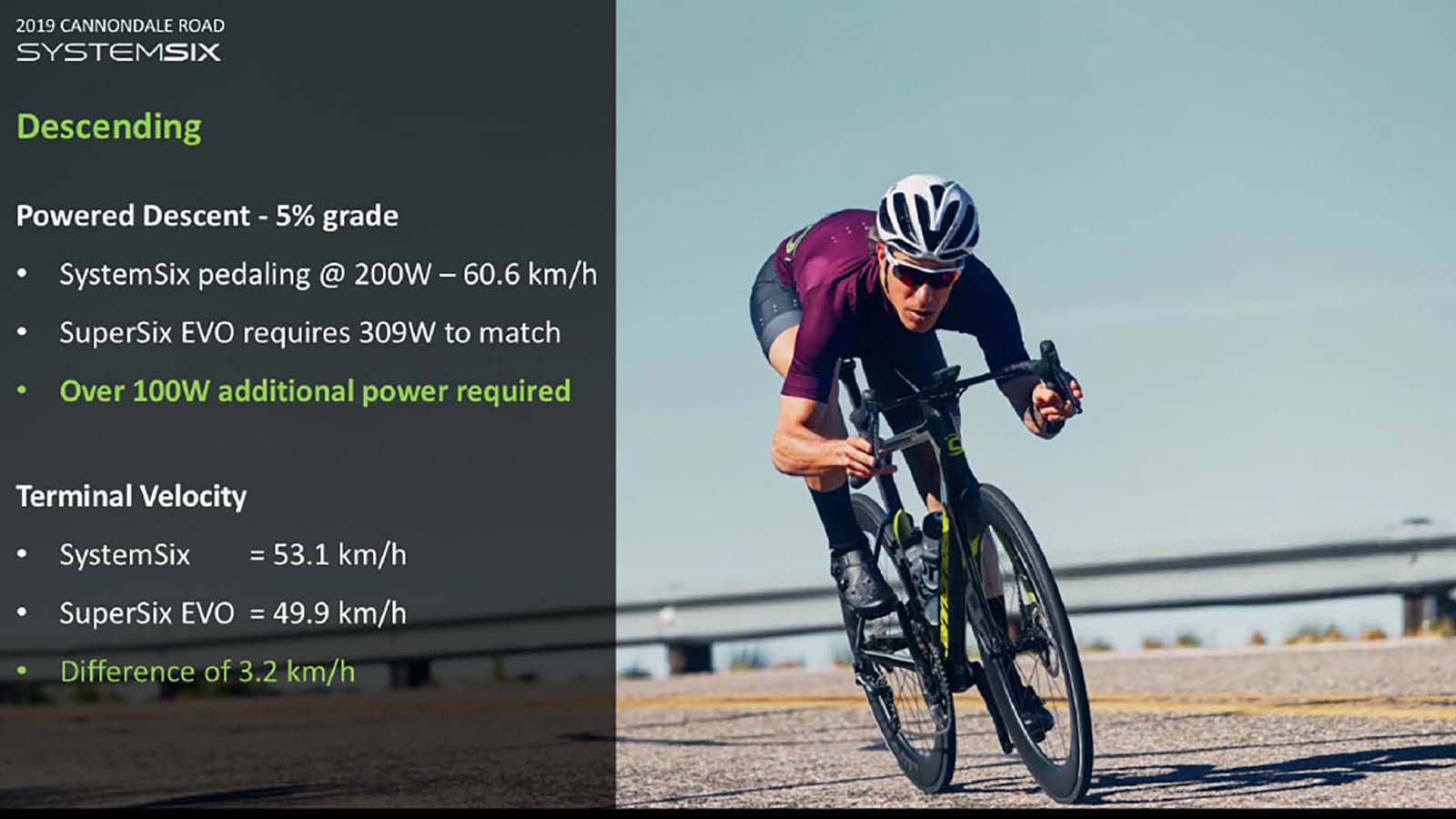
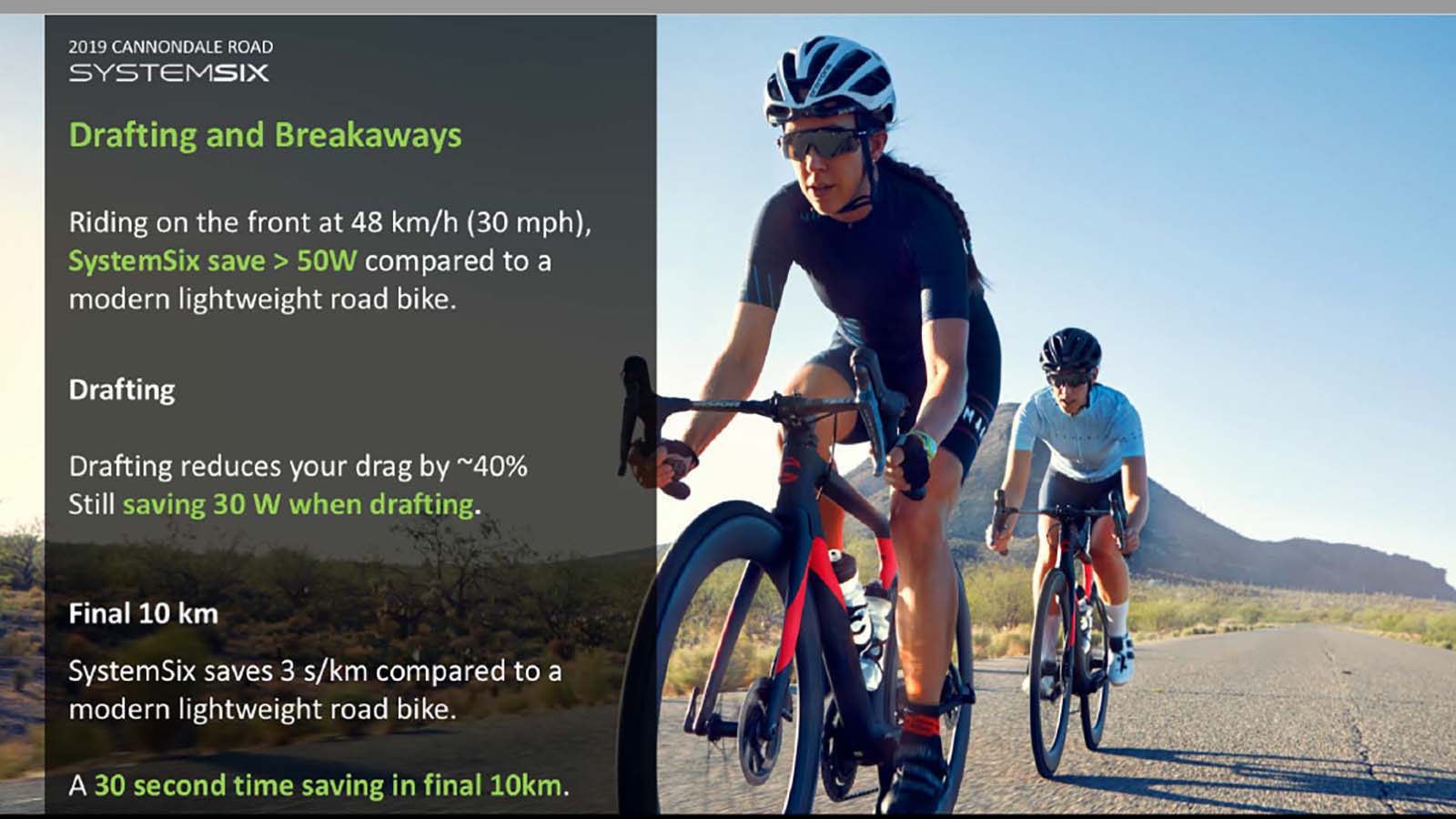
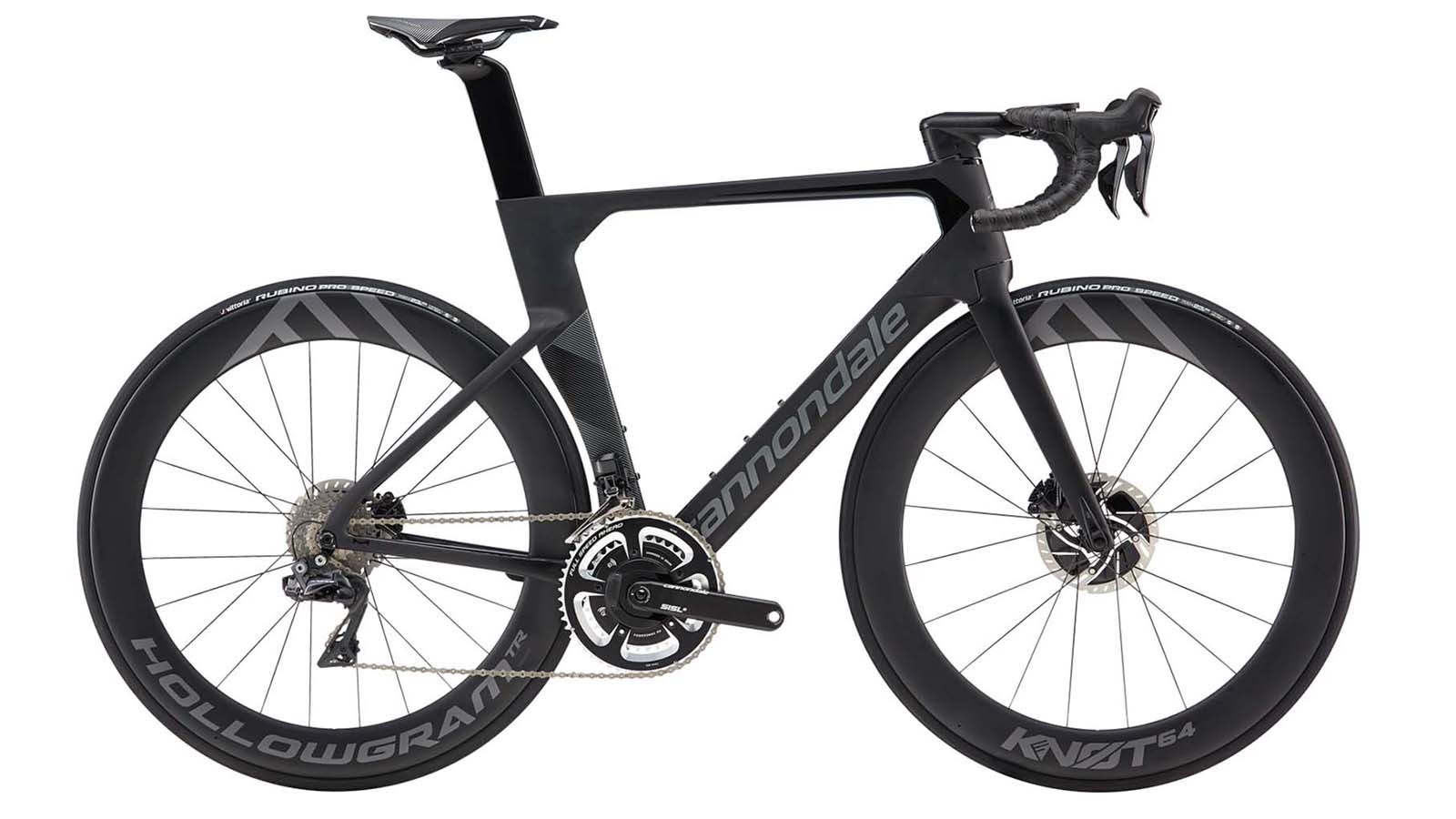
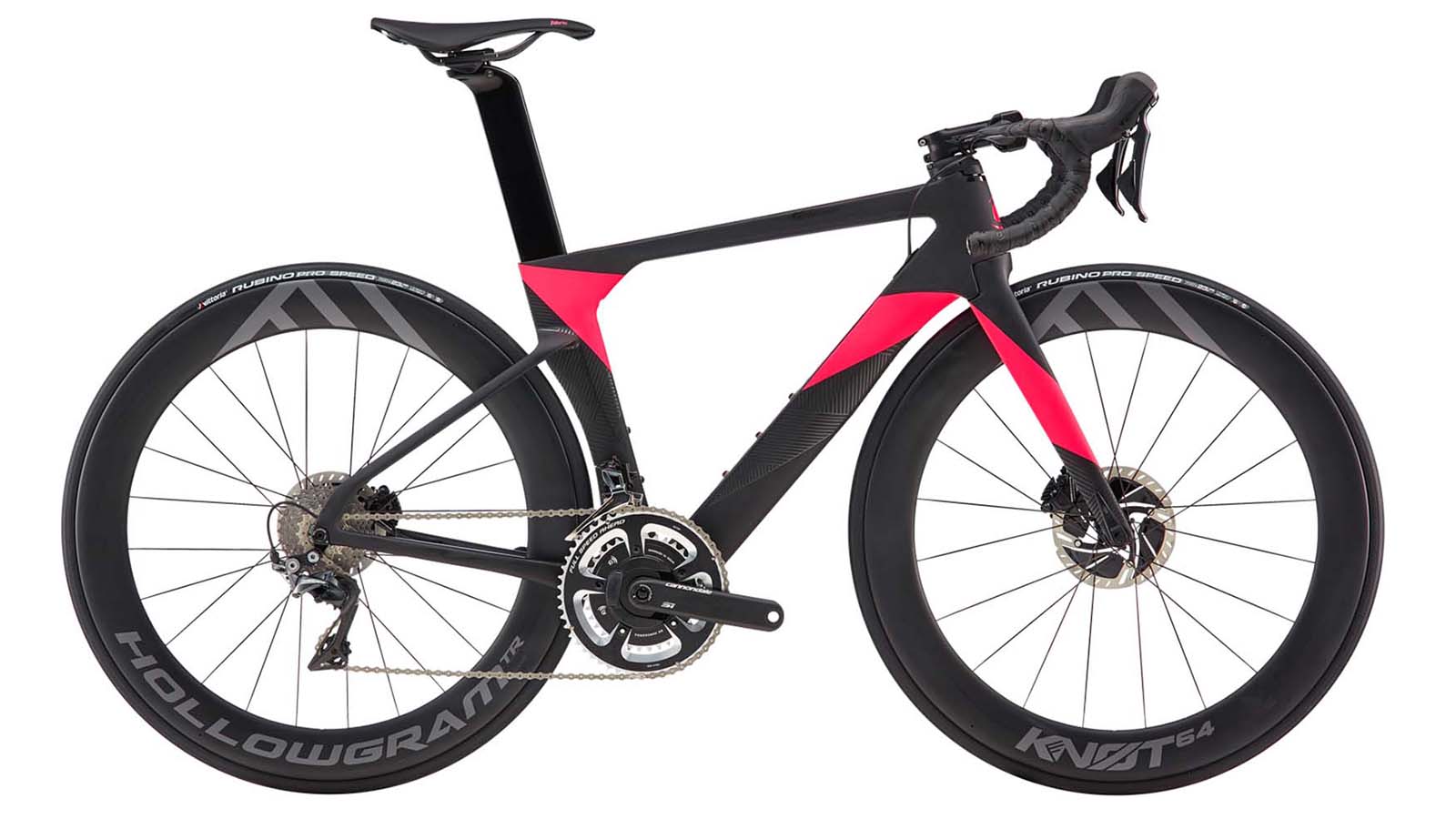
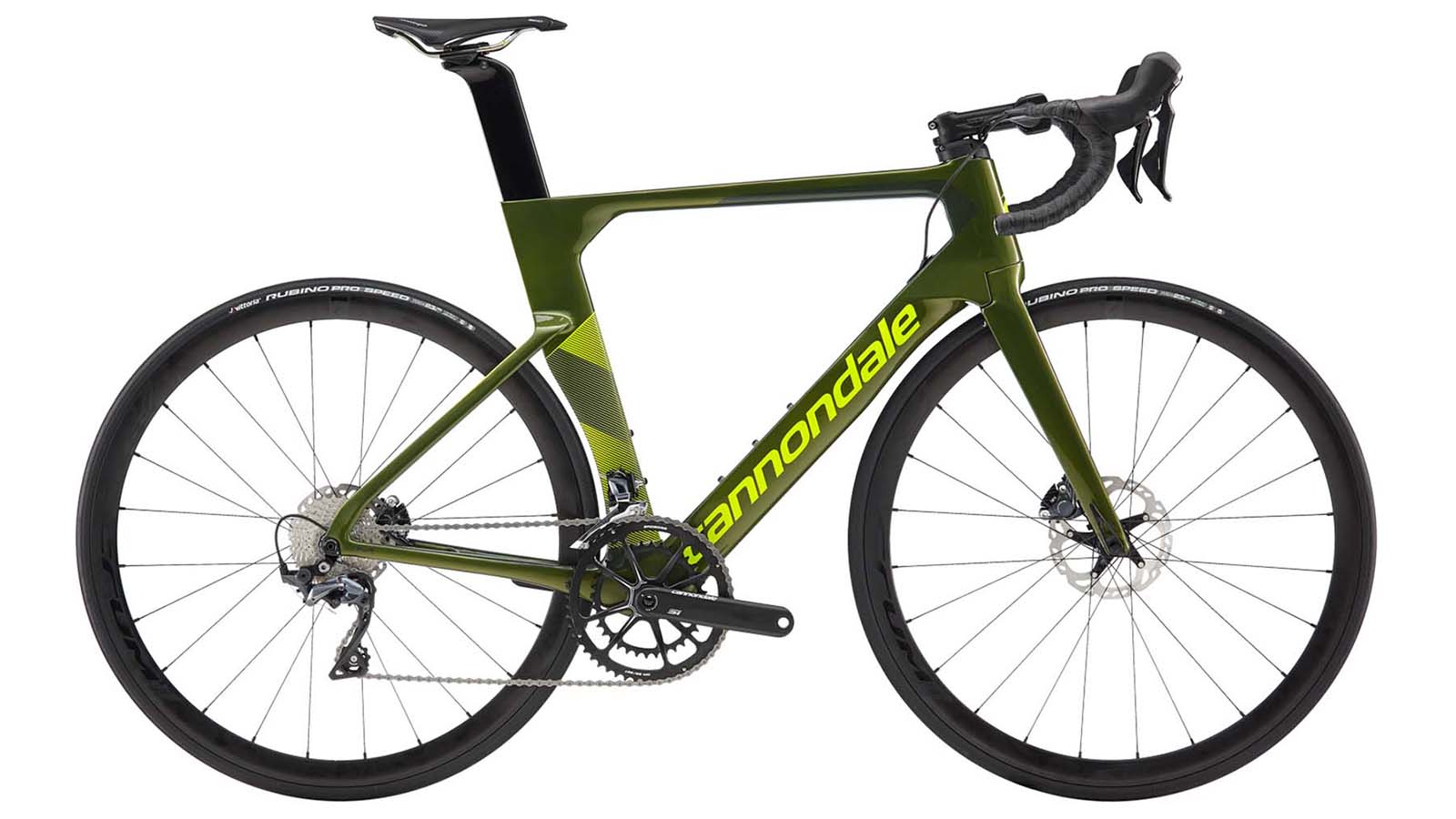
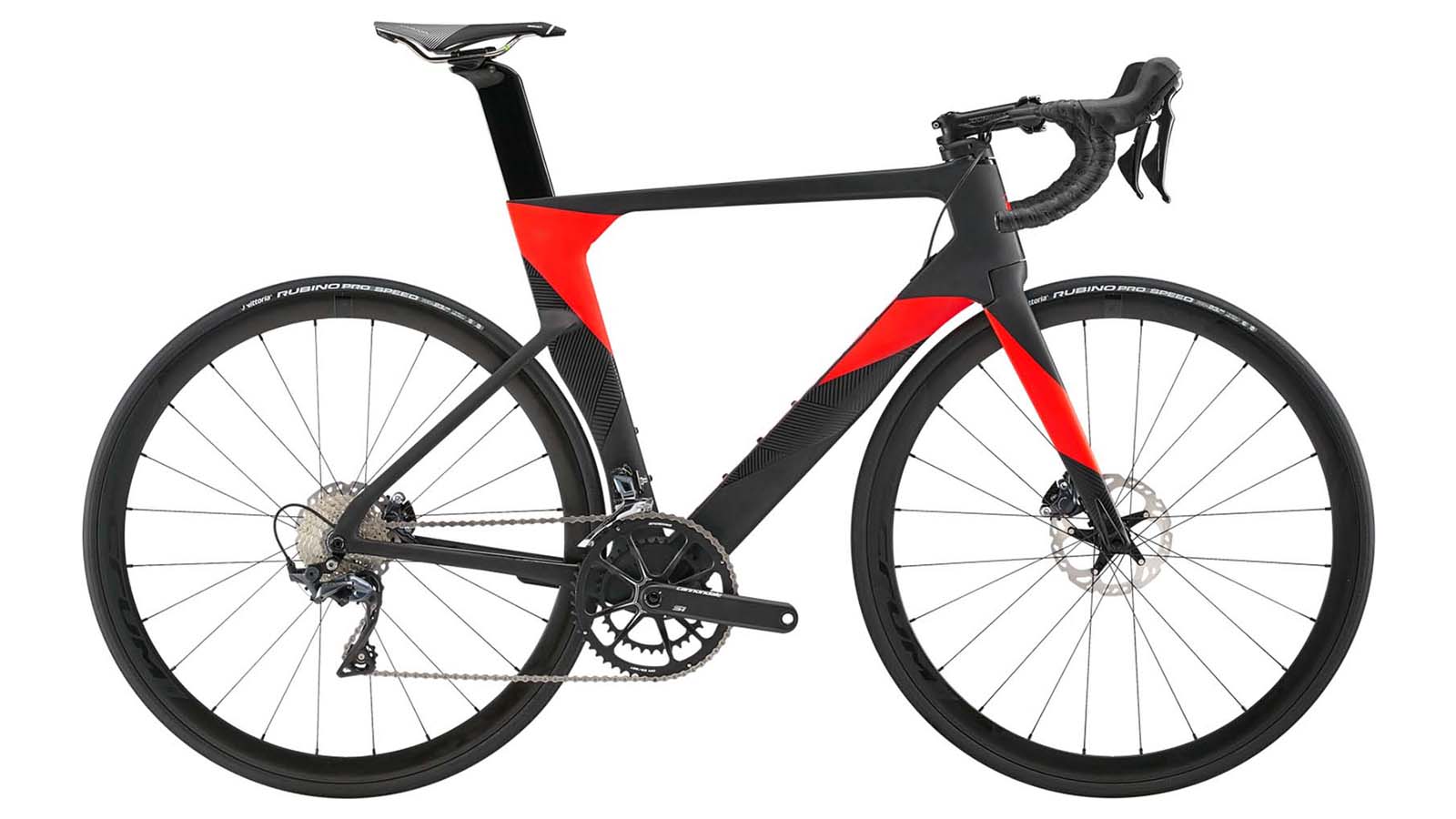
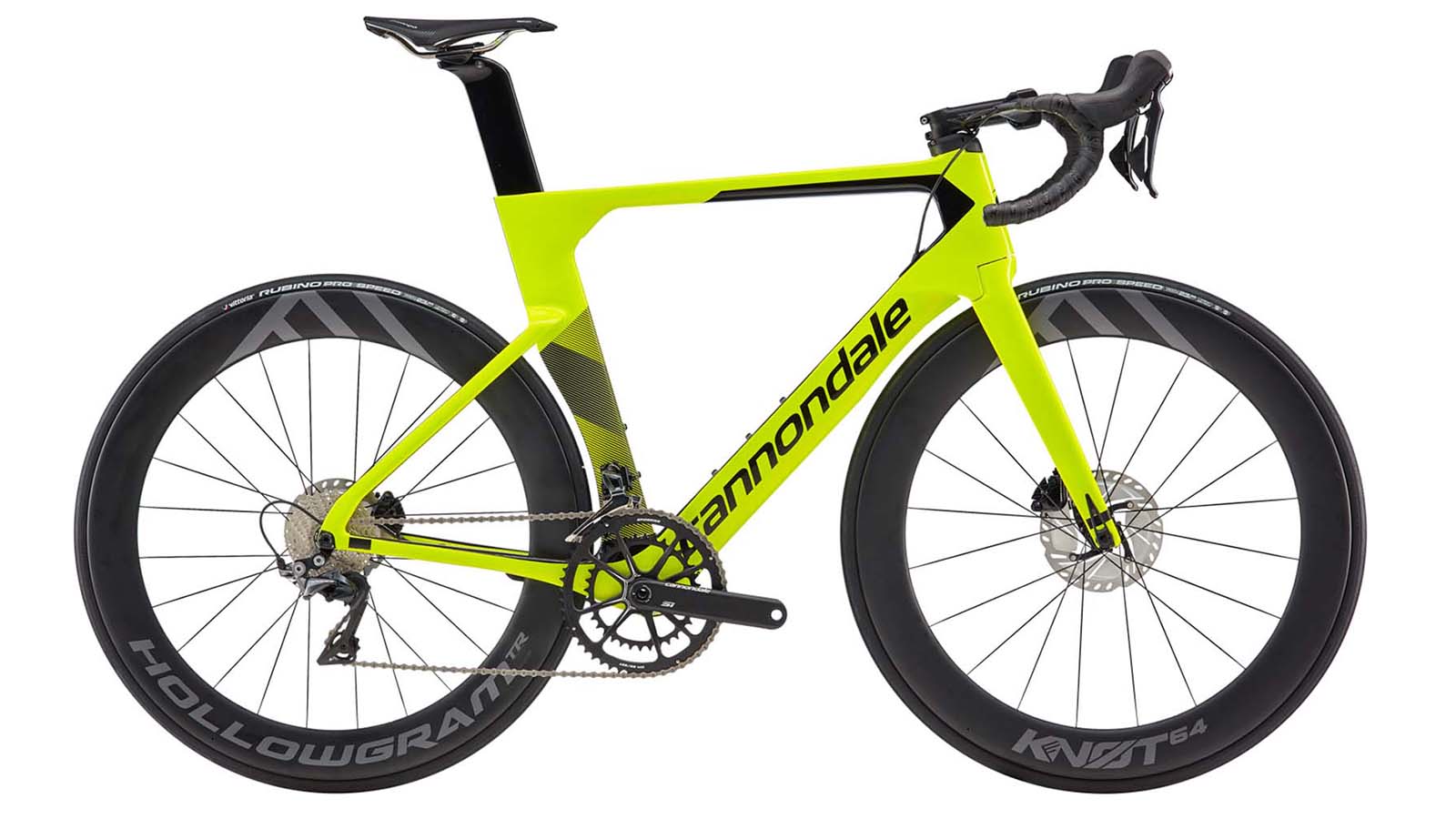

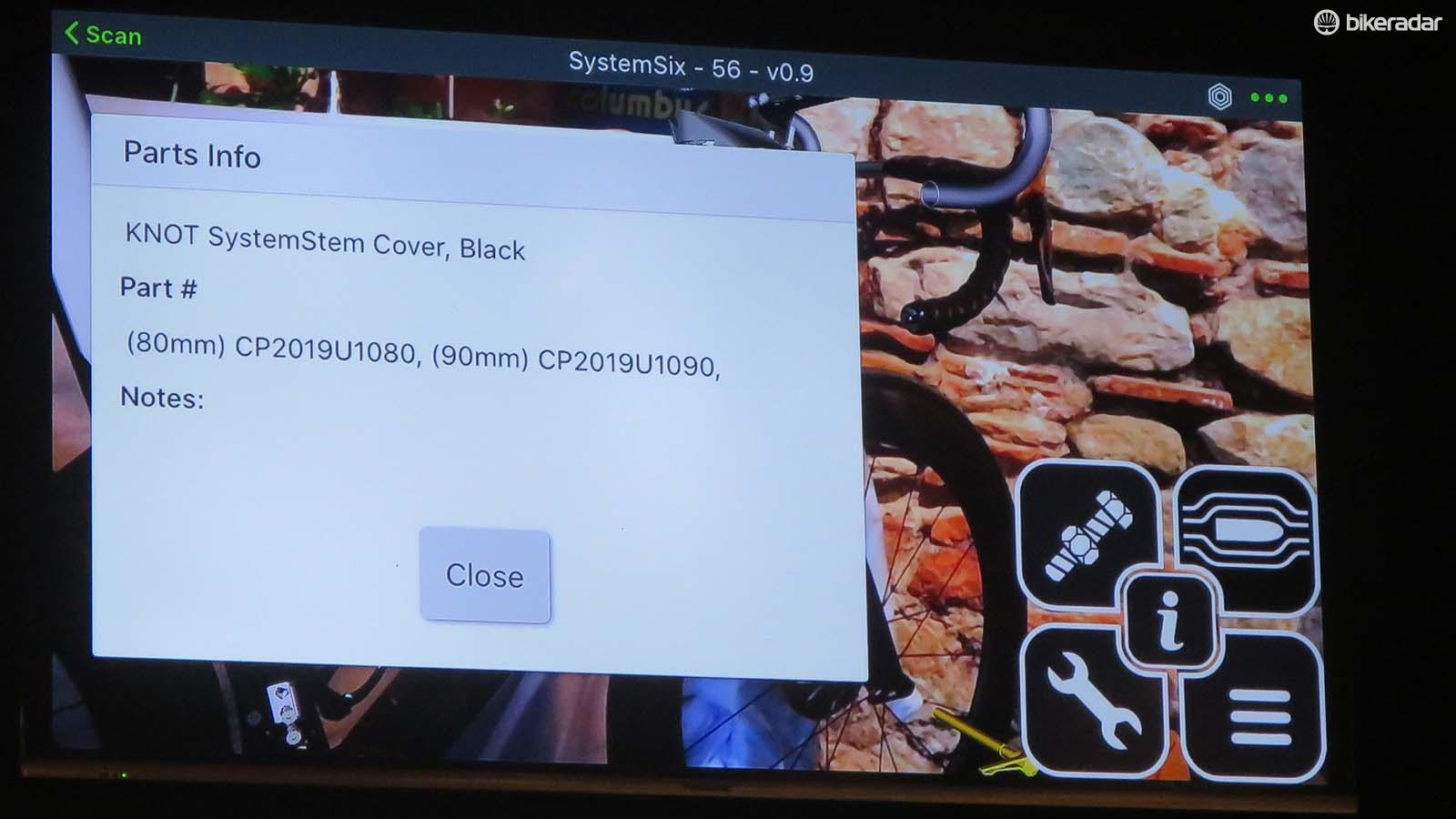
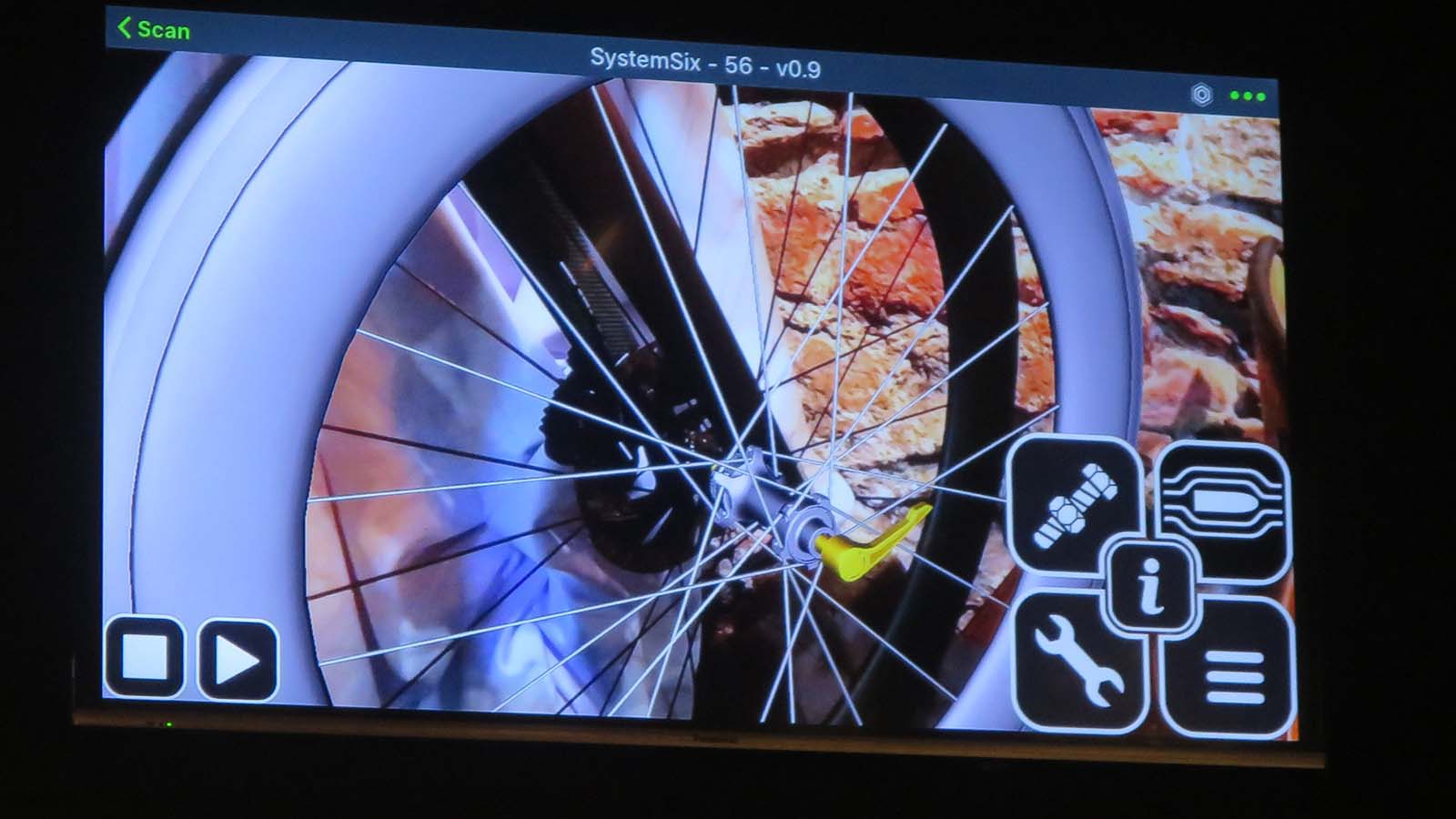
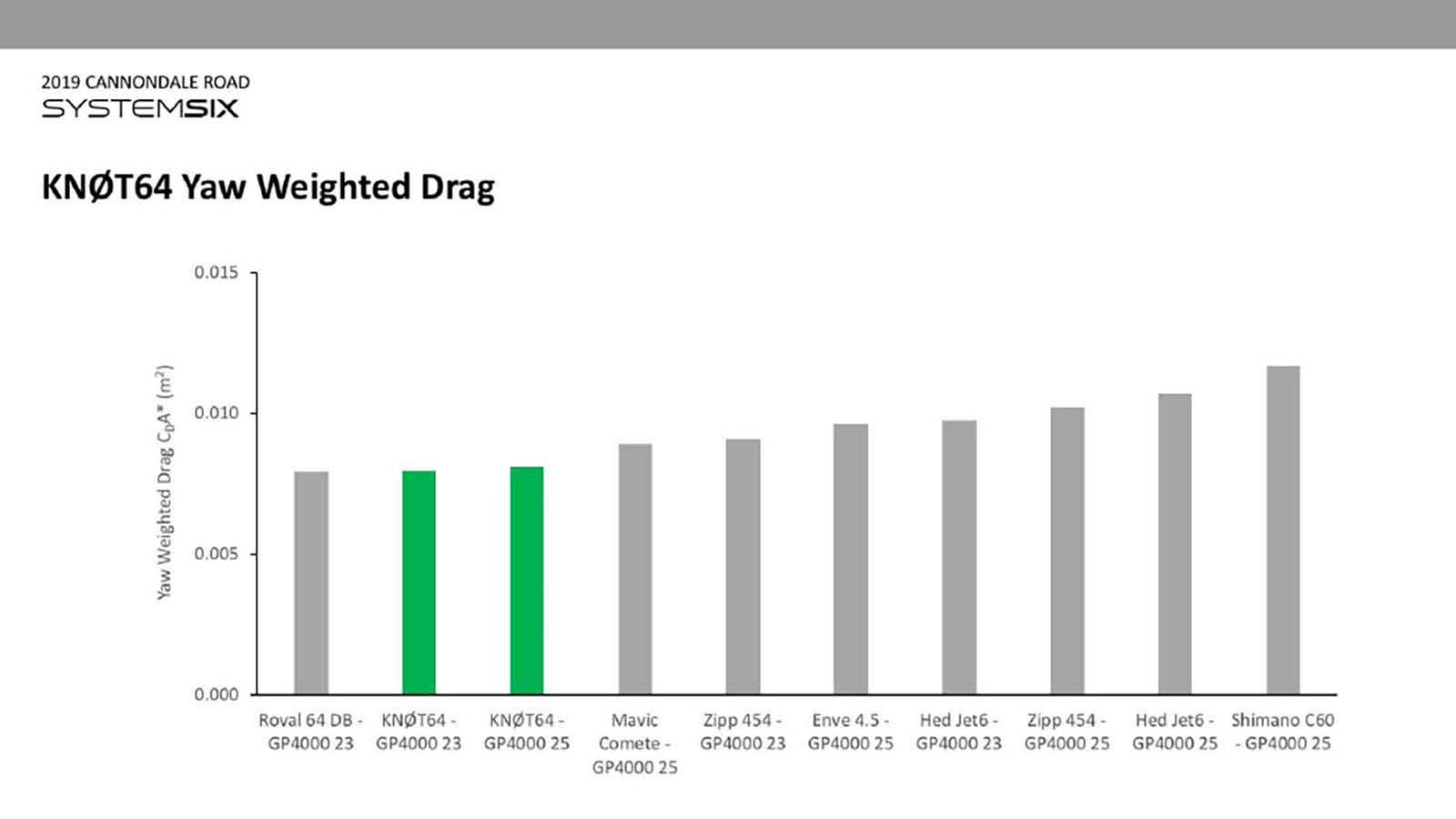
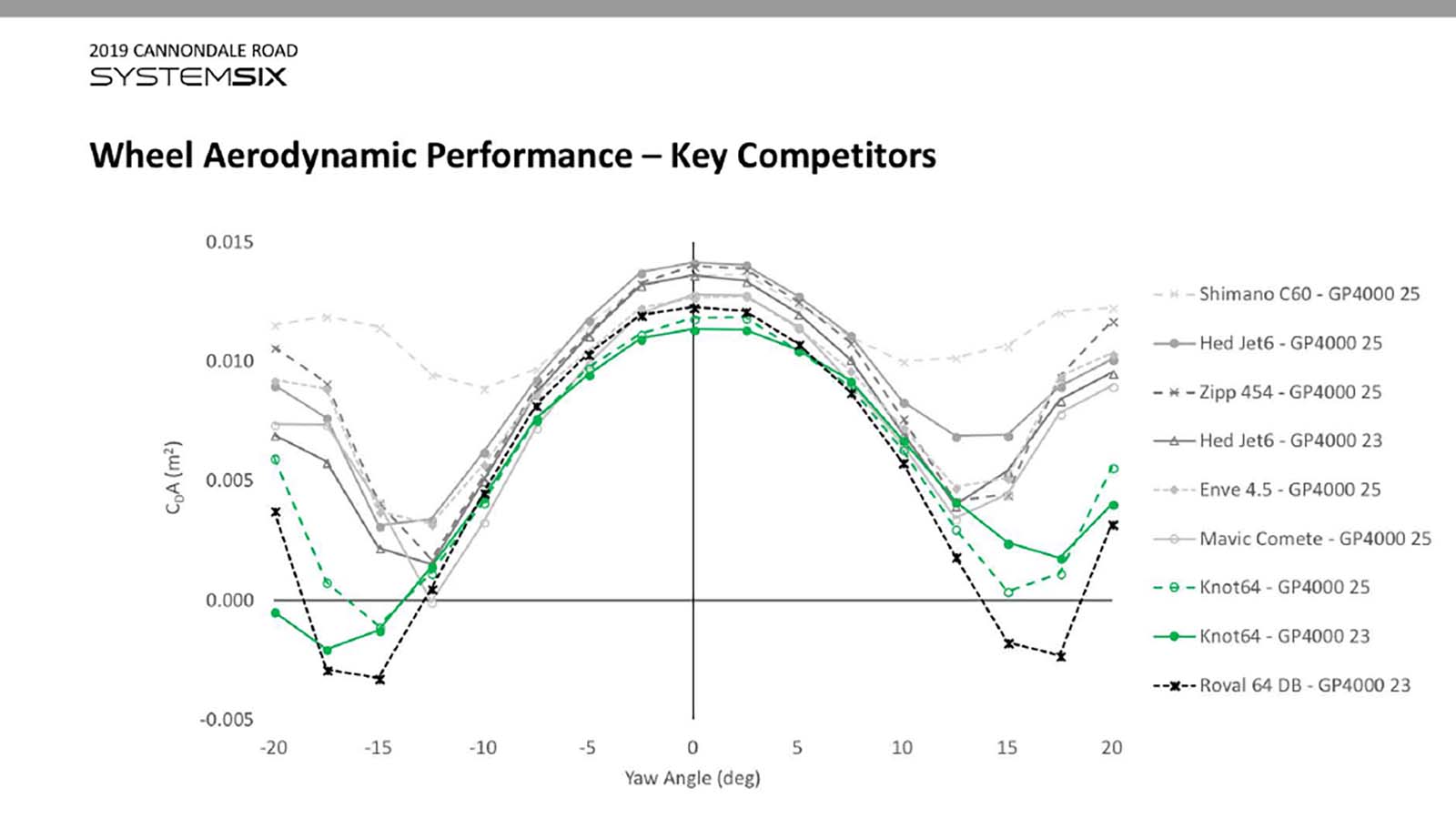
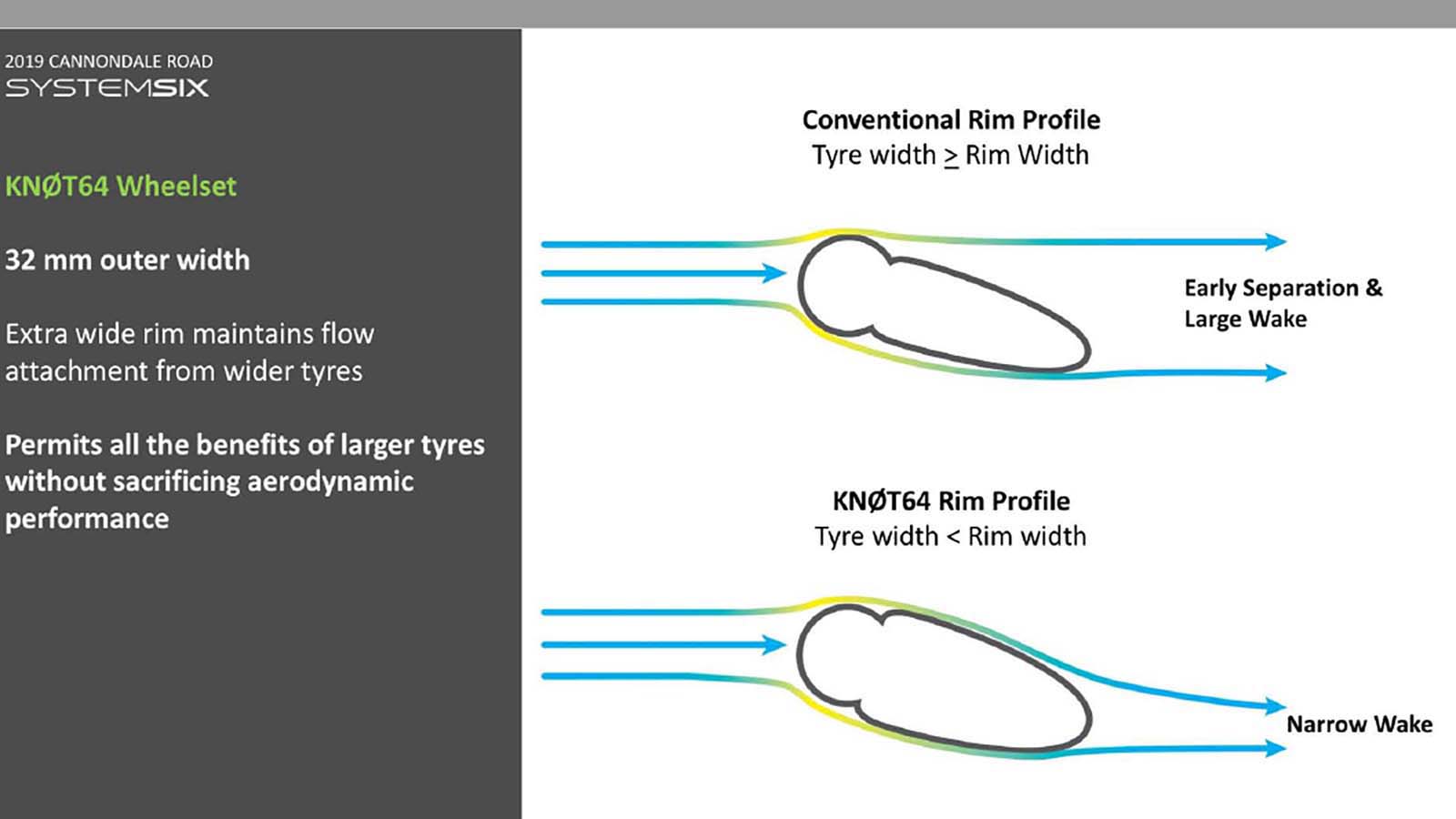
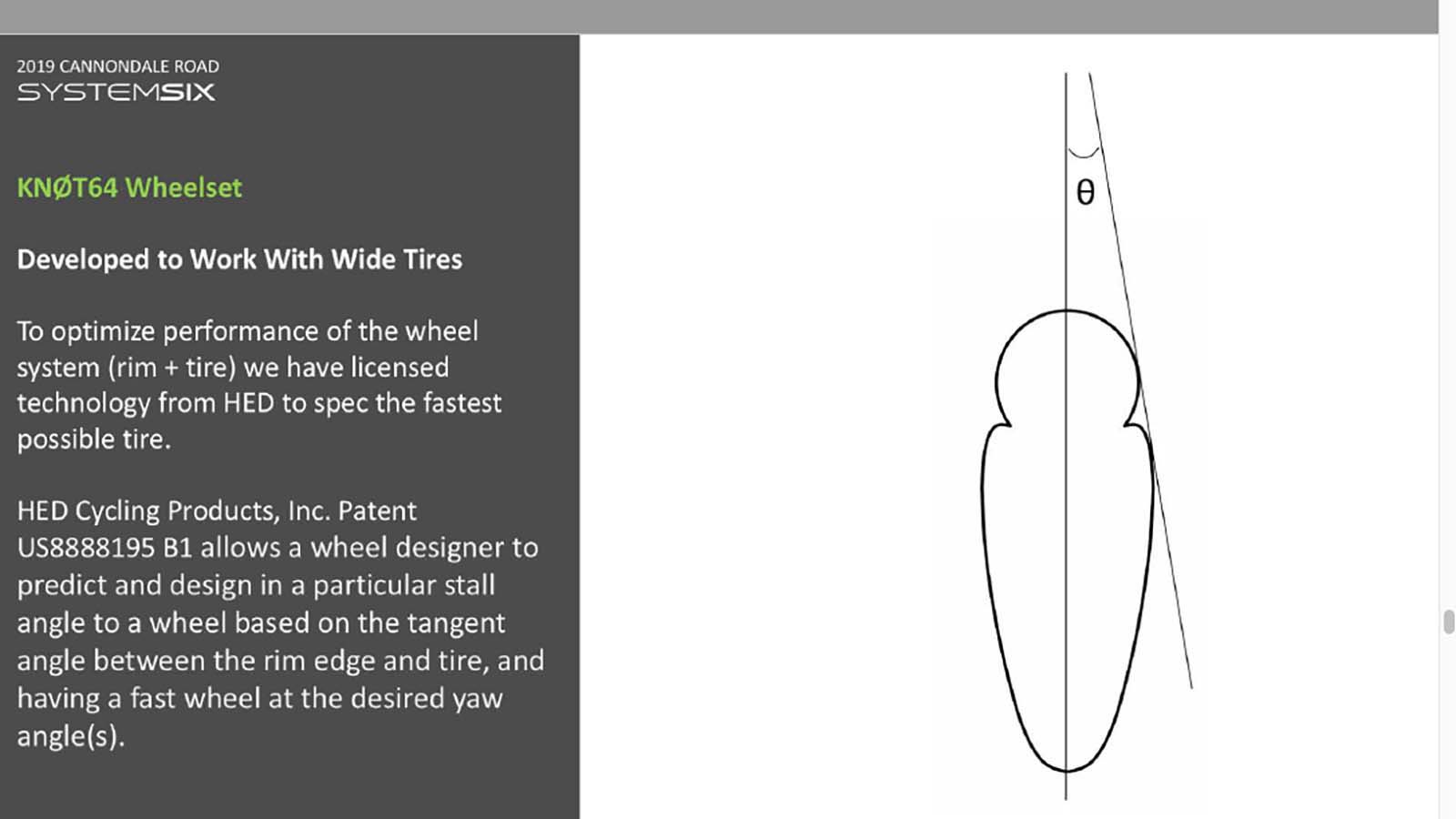
This article first appeared on BikeRadar.
Cannondale revives the SystemSix marque as its fastest bike ever. The Pennsylvanian brand's reputation for innovation was built on bikes like the original SystemSix, itself an innovation.
Based on Cannondale's ground-breaking CAAD aluminium bikes and the legendary Six13, while the original SystemSix co-moulded a carbon monocoque front end with CAAD8 level hindquarters, the new SystemSix takes its cues from lessons learned in the all-conquering Evo, and the sublime smoothness of the Synapse, and creates an aero-optimised package claimed to be the fastest currently available.
Nathan Barry, one of Cannondale's team of design engineers, is an aero specialist and has a background in aerodynamics, specializing in bicycles — he's published papers and his PhD on how to analyse real world aero for bicycling — and he explains: "SystemSix is the result of a ground up design where each element is optimized in pursuit of speed. Aerodynamic drag is the single greatest resistive force that riders have to overcome, so it is important to everyone, not just racers. SystemSix delivers more speed, to more riders, more of the time."
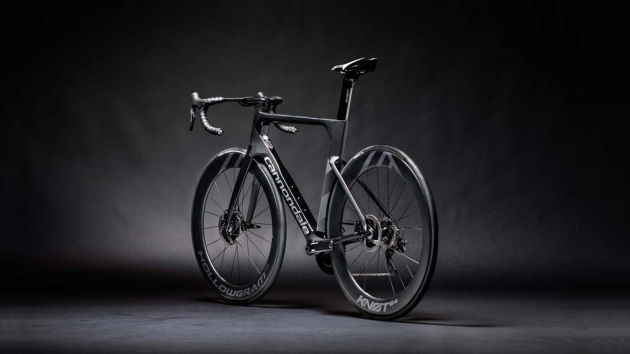
This in itself is an interesting concept, as we, like you, probably, are used to being bamboozled by numbers on aero efficiency at speeds that most of us would find hard to attain or maintain.
- Cannondale SystemSix Hi-Mod Dura-Ace Di2 first ride review
- Cannondale Synapse Carbon Disc Dura-Ace review
- Cannondale SuperSix Evo Dura-Ace review
How does Cannondale do this?
The SystemSix has been in development for more than three and a half years, with the designs initially worked out using complex CFD (computational fluid dynamics), which then moved onto wind tunnel testing. Barry tells us that CFD will tell you why, but the wind tunnel tells you how much.
Most people (and plenty of us included) have always regarded the concept of the aero-road-bike as something that's probably not for us, but rather for the Sagans and Cavendishs of this world, those that can output huge power and high speed. But Barry is adamant that the SystemSix shouldn't be disregarded as a pro-only tool. "We know from studying it that at 15kph, 50 percent of resistance acting on the rider is the air, so all riders can benefit from aerodynamics," he says.
The latest race content, interviews, features, reviews and expert buying guides, direct to your inbox!
The other consideration is that on flatter roads aero is more of a benefit, but when it comes to the mountains most of us think that a lightweight bike would be a much better bet.
Well, Cannondale decided to investigate the realities of this. David Devine, Cannondale's product director, tells us: "From our testing we know that on flatter roads aero is more important, on climbs its more about power to weight. Surprisingly, on gradients up to 6 percent the SystemSix is quicker than our Evo, at 6 percent its equal, anything steeper than that and the Evo becomes the more efficient. Though if the rider's power to weight is higher, take some pro levels, that percentage can rise even higher, and when you consider that our lightest model SystemSix carries an extra kilo against our lightest Evo."
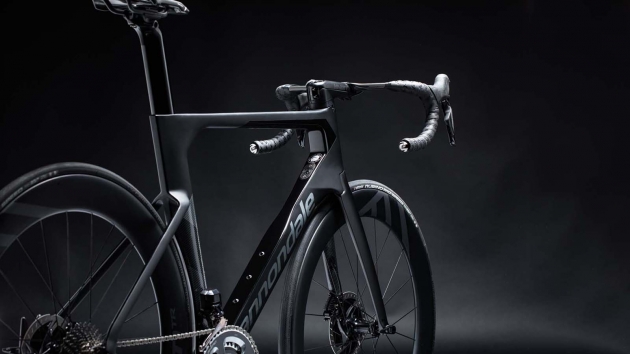
Yaw weighted drag
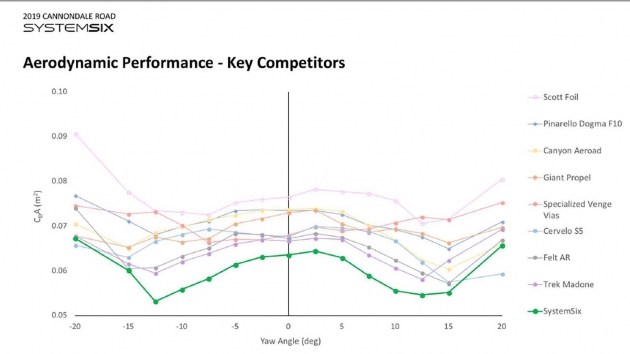
Cannondale benchmarked the SystemSix against all of the current crop of aero road bikes (though there are a few new ones on the horizon), and it used Barry's method of collating aero measures across a wide yaw spectrum to find a more easily understood comparison — it's all in a published paper, if you're interested in reading more.
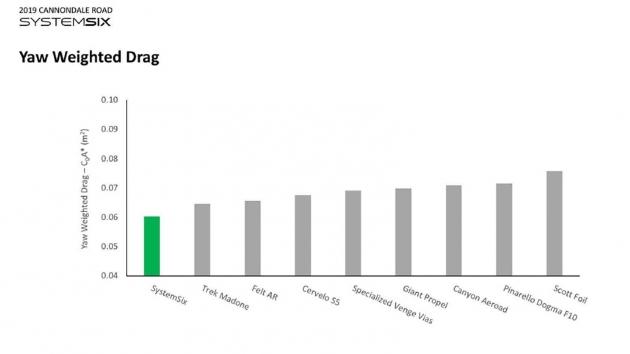
The analysis weights the likelihood of experiencing the yaw angle (wind angle) against the bike's overall performance across the yaw range. With this method, the numbers stacked up and lead to Cannondale's claim that it has the world's fastest bike. Some rivals maybe have the edge in certain angles, at certain speeds, but taken as an overall, Cannondale believes the SystemSix has the edge.
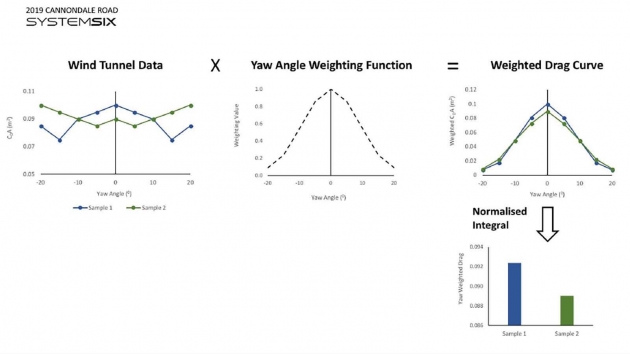
Case studies
To further expand on the SystemSix's benefits, Cannondale has a series of case studies to help explain its claims. For example, it says that a 75kg rider riding at 300w saves 30w of effort on the SystemSix over the Evo.
In contrast, take a 62kg rider riding the ascent of Alp d'Huez at 350w and the time difference would be 10 seconds in favour of the Evo, while a 75kg rider at 300w would be 19 seconds adrift on the SystemSix.
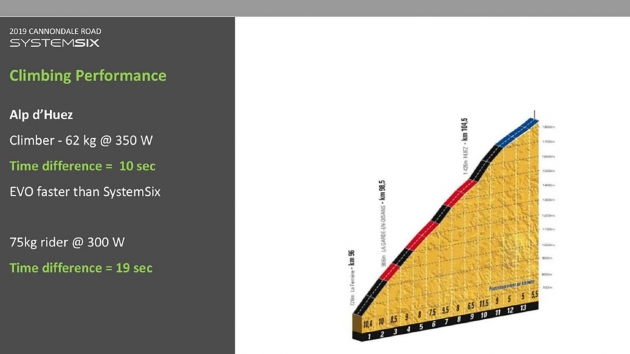
Meanwhile, in a 200 metre sprint at 60kph, the SuperSix would be 0.4 seconds faster, which doesn't sound like much, but in distance terms that's four bike lengths and we've seen plenty of races won or lost by much less.
When descending, the differences become quite marked. To stay in touch with a rider riding a 5 percent downhill gradient at 200w and 60.6kph on the SystemSix, you'd need to be putting out 309w on the Evo.
But when you're talking terminal velocity (descending with no pedal input, so just rolling downhill), the SystemSix will hit 53.1kph while the Evo will hit 49.9kph, so that's 3.2kph faster for no effort…
You might think that in the bunch or drafting that the aero benefits are moot, as someone or something else is breaking the resistance for you. Barry says however: "Yes drag is reduced when drafting by 40 percent, but our studies show that drafting at 48kph/30mph the SystemSix is still saving you 30w." And savings like that are pretty considerable, because that amounts to 3 seconds per kilometre.
But for us more mortal riders what does this all mean?
Barry says: "If you're riding along at 30kph/18mph on a flat road the SystemSix saves 10 percent of your power," and a 10 percent reduction in effort is something we can all appreciate, I'm sure.
Devil in the details
When you first see the SystemSix it is, in all honesty, a little underwhelming and understated. It's only when you get up close and look at the details that it starts to show its clever design.
As you'd expect, the main tubes all follow the airfoil profiles you see on plenty of its rivals, with the NACA shapes and truncated airfoils, but the SystemSix shapes and swoops around the major junctions and its these region-defined profiles that Cannondale believes make the difference.
The fork is very asymmetric because of the disc-only design, the SystemSix was never considered to be anything but a disc-equipped bike so there's no compromises being made in making it dual-fit or purpose.
The fork and head tube join and interlock (which Cannondale calls the Chine), which shapes and directs the air coming up the back of the fork leg channelling it downstream, so it doesn't mix with the flow coming off the head tube and becoming messy when mixing with the clean flow coming from the fork crown.
The seatpost is another key area in the design. Barry says: "It's a common misconception that a seatpost does nothing for aerodynamics as there is a rider and legs moving around it all of the time, but the airflow in this area is significantly faster than that elsewhere as the rider's legs accelerate the flow through this area. We designed the seatpost with the rider in situ and legs moving and this truncated airfoil we've used here is a big part of the SystemSix's overall efficiency."
Get KNOTted

As the names suggest, the SystemSix is a system rather than a frame and collection of bits, and the KNOT components all play a part in the overall speed package. Perhaps the most interesting is the new 64mm deep, 1,600g KNOT 64 wheelset.
The radical rim shape is based around a HED Patent, which it's licensed to develop the rim. The HED patent defines the relationship between tyre and rim, particularly the tangent angle, which allows designers to accurately predict the stall angle in the wind.
The super-wide rim (well in excess of 30mm externally) and 21mm wide internally is shod with a 23c tyre, which sounds strange in these times of larger and larger rubber.
David Devine tells us that the wider internal means that a 23c tyre actually measures up at 26mm wide when fitted, and that the bike can take up to a 30c tyre, but aero wise it's at its best in this combination. Though it does look quite disconcerting when you look down at the front wheel and see the carbon rims' edges sitting proud of the tyres' width.
Benchmarked against its rivals, the Knot 64 wheels are claimed to be a more efficient and quicker design, not least down to the super-wide and curved shape that we couldn't imagine could be achieved using a traditional rim brake track. They are tubeless ready too, but not set up tubeless on the test bikes.
The KNOT bar and stem take their cues from the delayed bar/stem combo from last year's Synapse. The stem eschews a traditional clamp in favour of a cradle that the aero bar sits on (the bolts thread through the bar) and this offers 8 degrees of pitch adjustment. The stem comes in 80 to 120mm lengths and Cannondale dealers should have a stock of different lengths to ensure the correct fit.
The stem itself is 2D forged and then heavily machined, with the lower half a composite cover that acts as a cable holder and guide for positioning the cables and hoses into their internal routing.
On the mechanical group-equipped bikes, the cables run externally from the bar, while the hoses stay internal through the fork and frame.
Rapid thru-axles
The SystemSix is one of the first road bikes we've seen running the new Speed Release axle standard. This uses an oversized (12mm) axle that threads into the dropout just like a standard thru-axle, but the lever side features a slotted dropout.
When you undo the 12mm thru-axle in the normal way, though, the double lead thread on the axle means it'll tighten, and vice-versa in five turns rather than the usual 10.
The thru-axle then slides out part way, but it's anchored via a slot in the hub so it never needs to be fully removed, making refitting or switching a wheel a much faster process than a standard thru-axle.
Power options
An interesting development for the premium, high-mod carbon models is the inclusion of a power meter. We've seen Specialized include its own power meter, developed in conjunction with 4iiii, on S-Works level bikes, but that does add a premium to those models.
Cannondale's take on it is a first for bike sales, by including a Power2Max meter built onto Cannondale's own SiSL2 cranks — but the meter isn't actually activated. To activate you pay a one of payment of €490 / $490 (UK price TBC) through Power2Max's app.
We're not sure how this will go down with potential buyers, but it could potentially be a good bargaining chip when haggling the price of the bike for consumers and stores alike. If you were to buy the equivalent aftermarket meter from Power2Max you'd be looking at around €600 plus the cost of fitting, and a set of compatible rings.
Look inside
Another first for Cannondale is the bike's compatibility with the Vuphoria app — an augmented reality app that works when you scan the QR code on the back of the headtube and align the frame drawing with your bike.
The app then explains the features of the bike, which is a cool tool when you're looking at a bike to potentially buy, and there's no denying it's a handy sales tool, too.
What we really like about the app though is that it also includes maintenance instructions. Hover over the hubs and it'll show you how to service them for example, and it can also be used to highlight parts and supply the exact part number or product code, making ordering spares or replacement parts a doddle.
Cannondale SystemSix pricing
- Cannondale SystemSix HiMod Dura Ace Di2: £7,999.99 / $10,999.99
- Cannondale SystemSix HiMod Ultegra Di2: £6,499.99 / $7,499.99
- Cannondale SystemSix HiMod Dura Ace: £5,999.99 / $7,499.99
- Cannondale SystemSix HiMod DA Women's: £5,999.99 / $7,499.99
- Cannondale SystemSix Carbon Dura Ace: £4,999.99 / $5,999.99
- Cannondale SystemSix Carbon Ultegra: £3,499.99 / $3,999.99